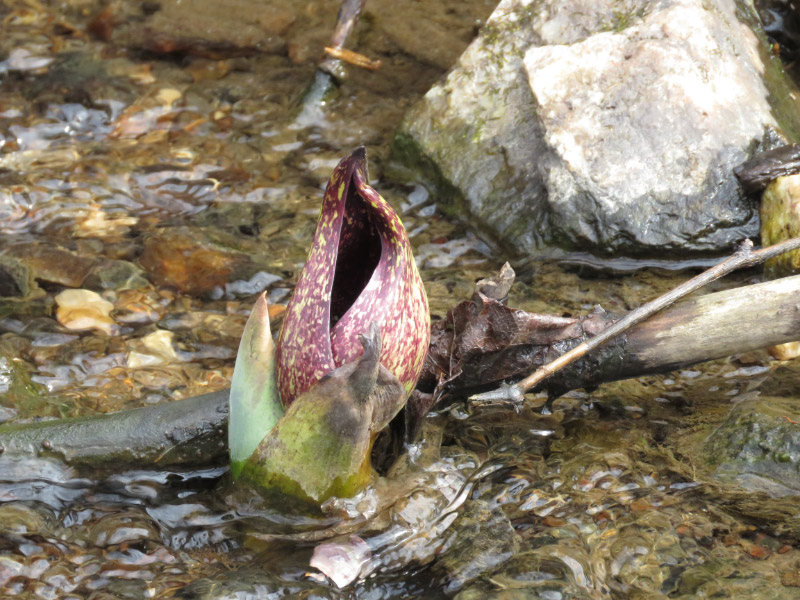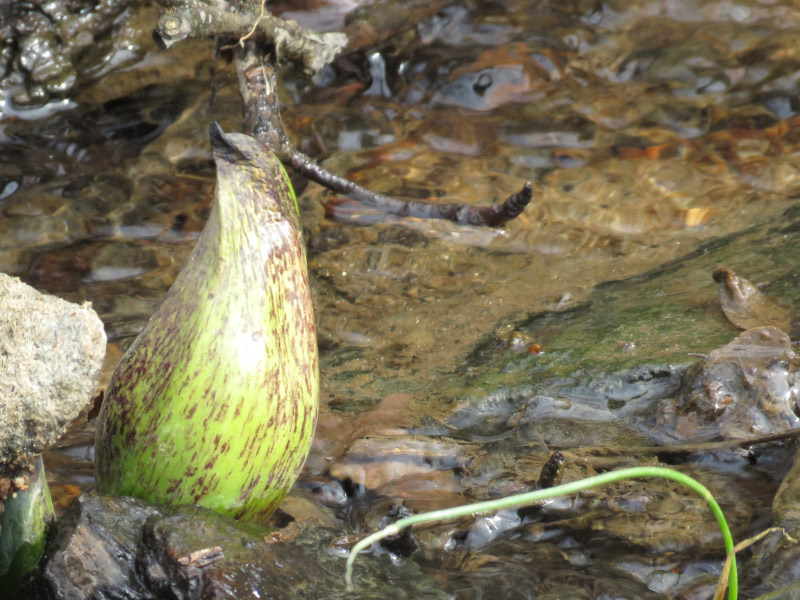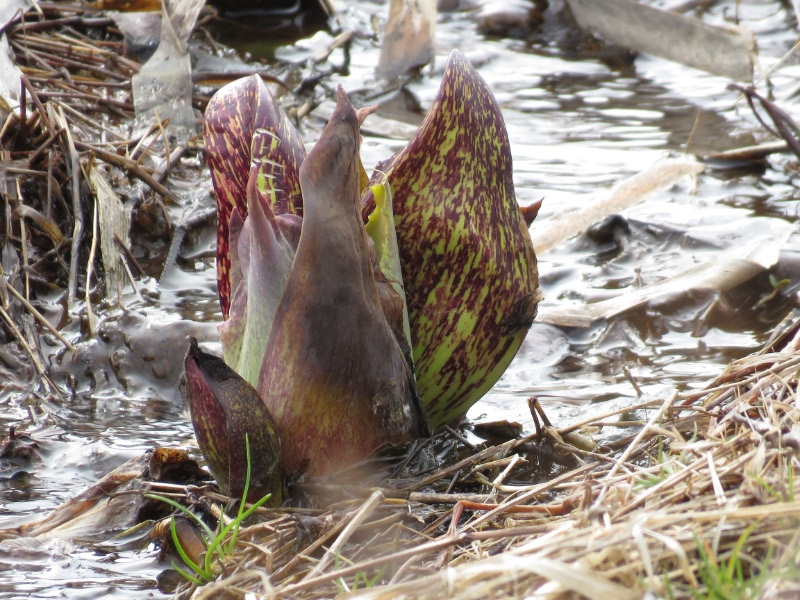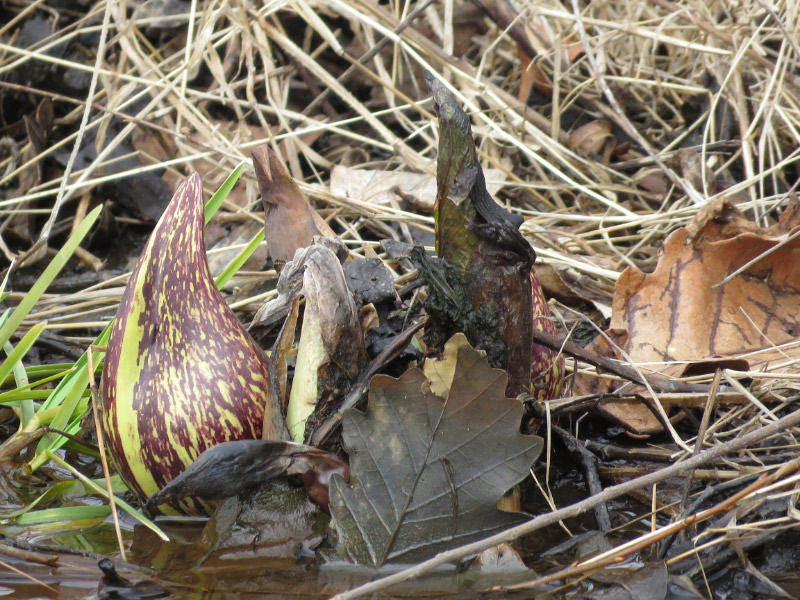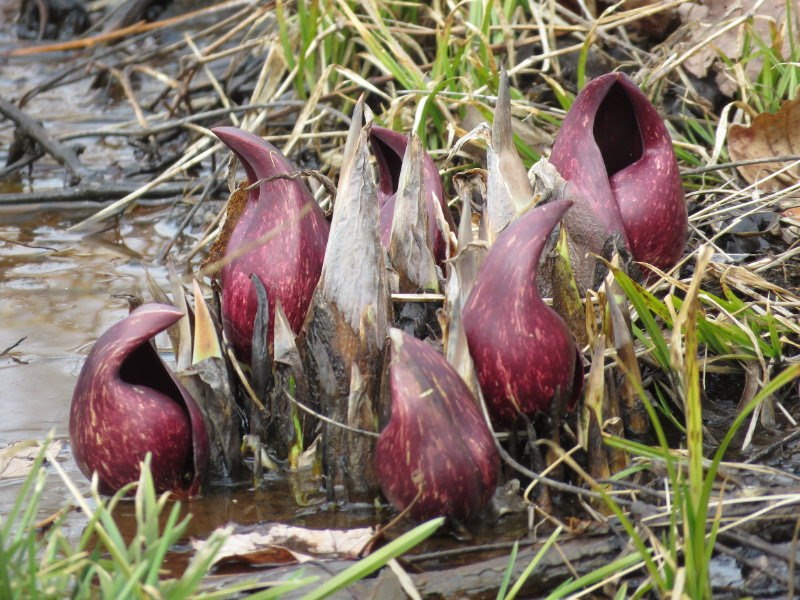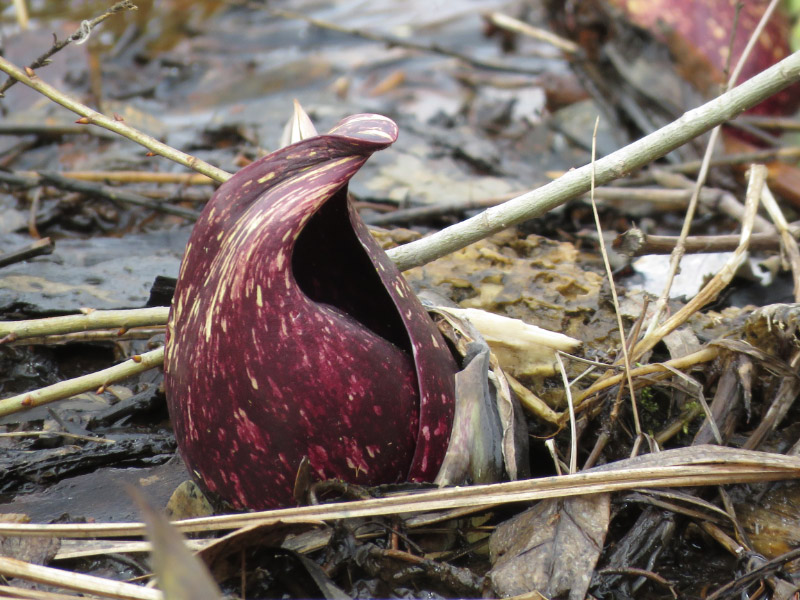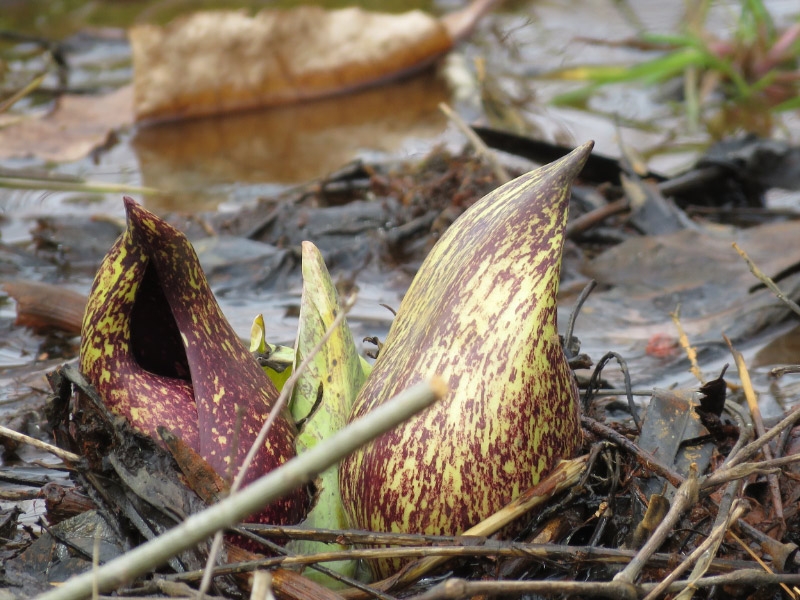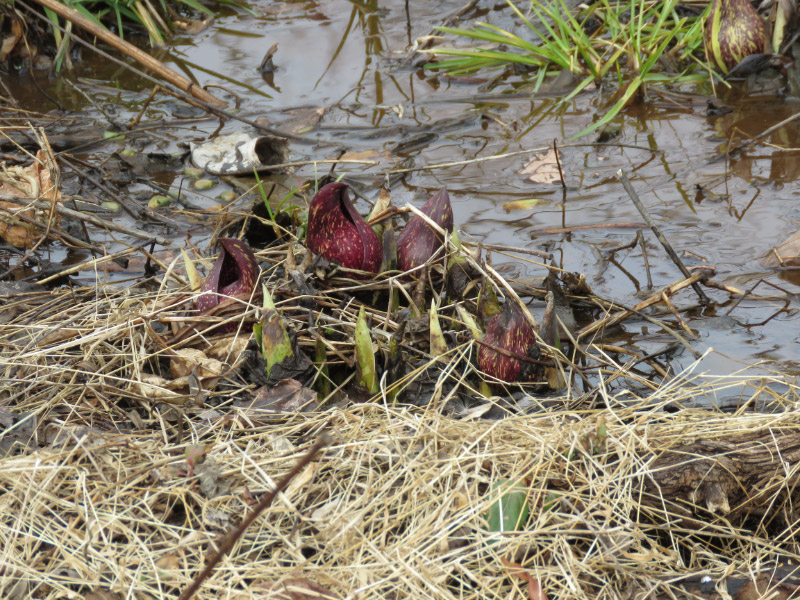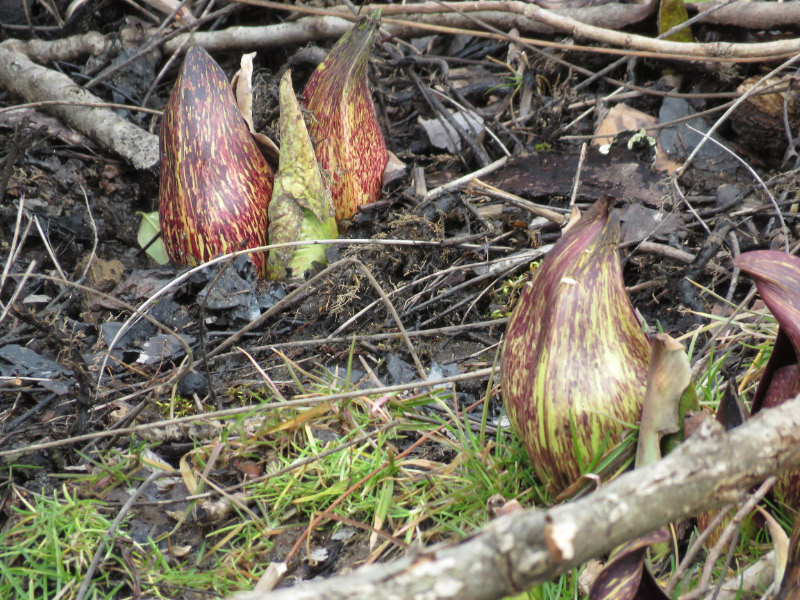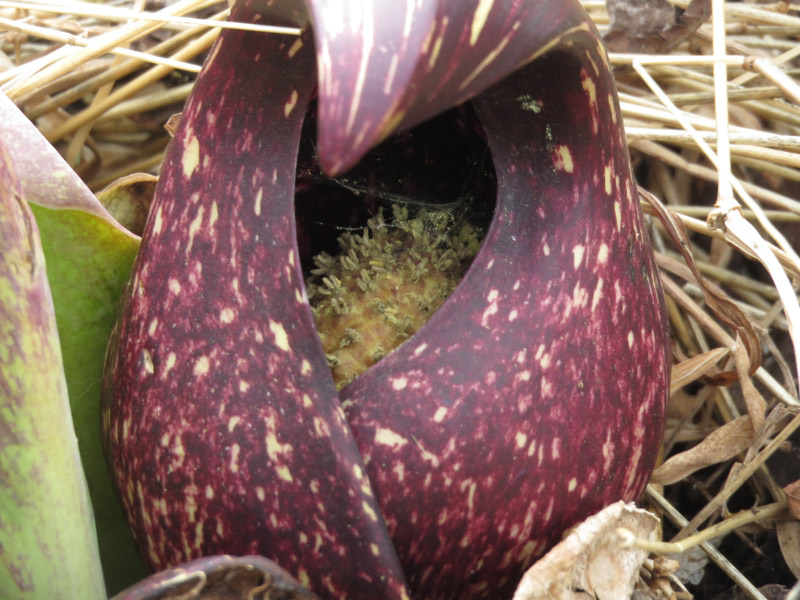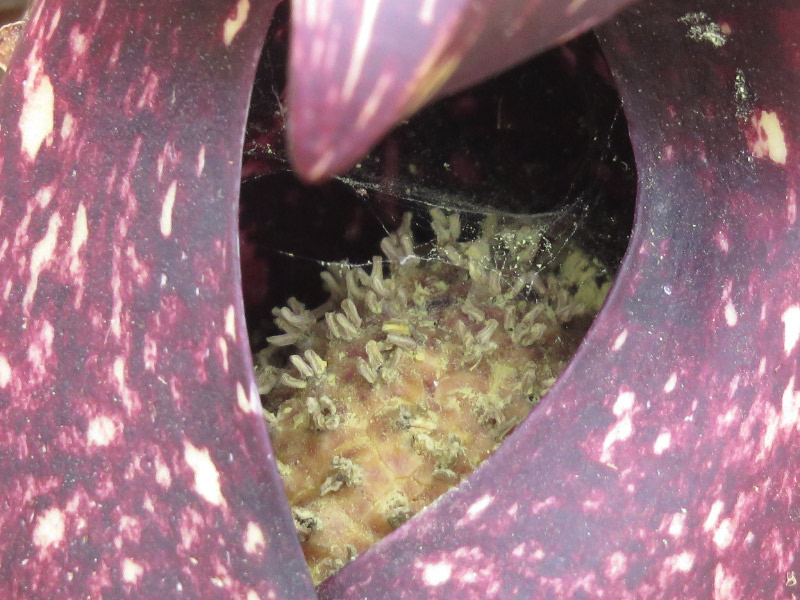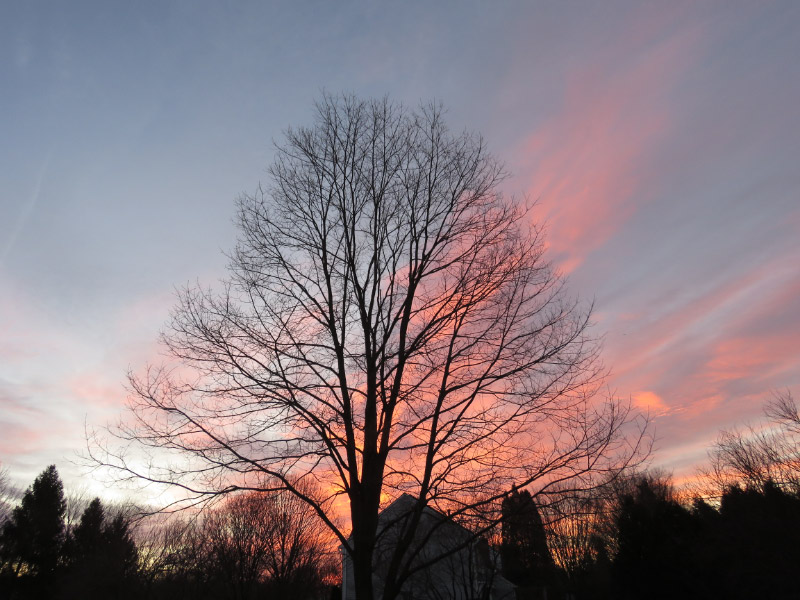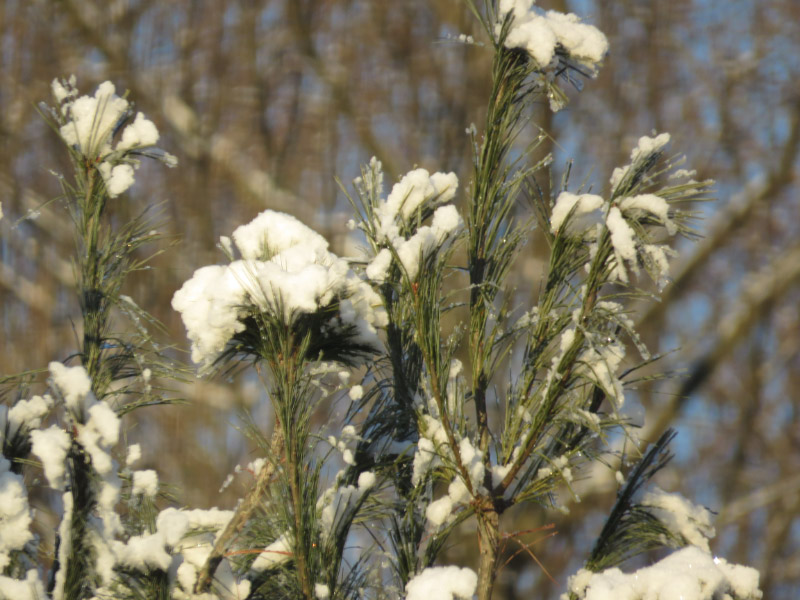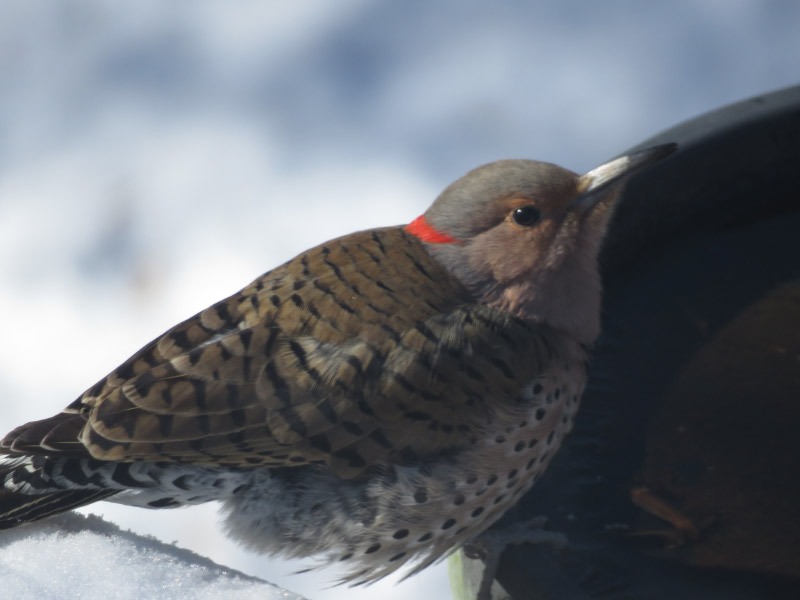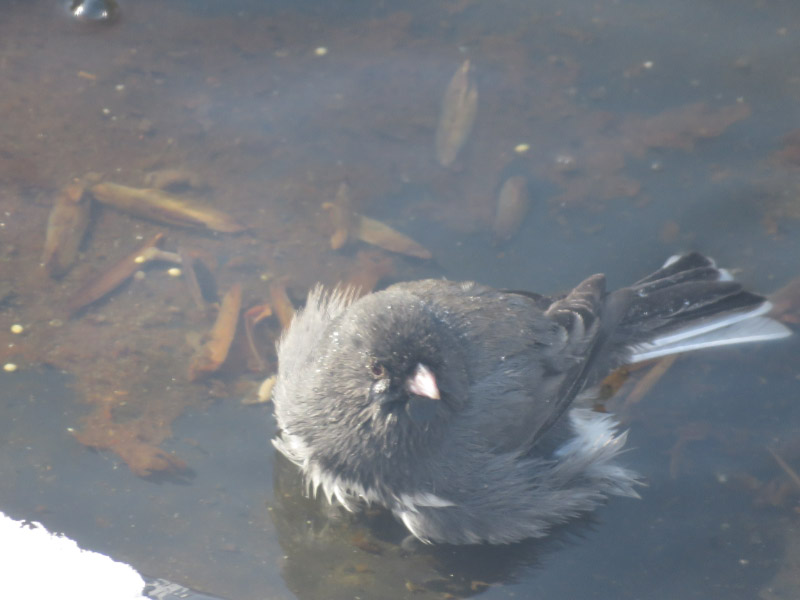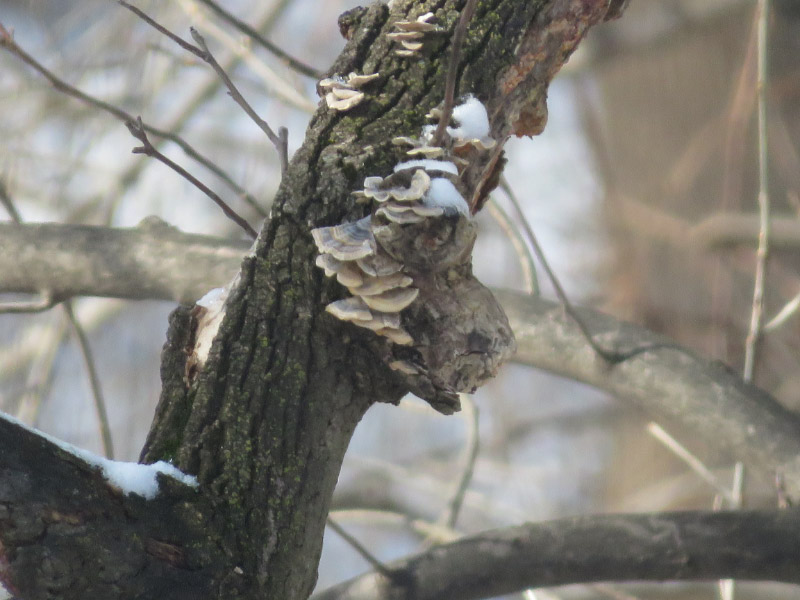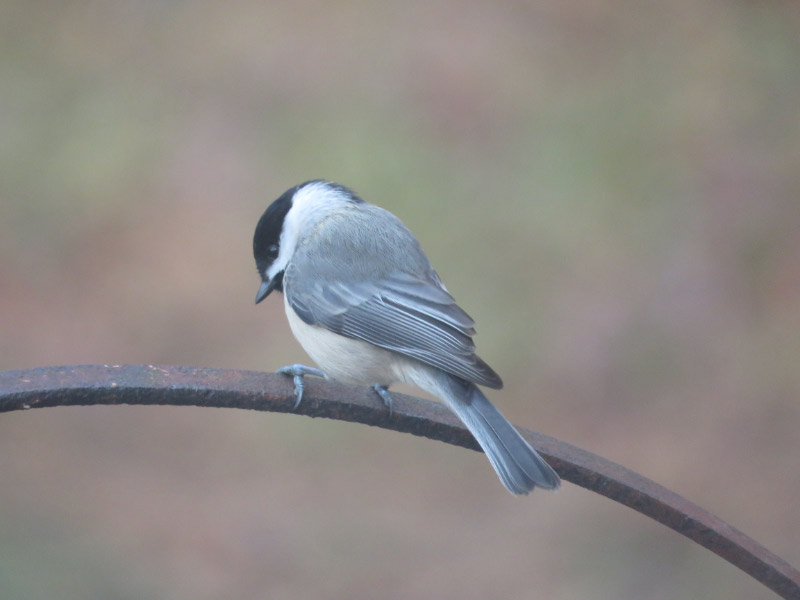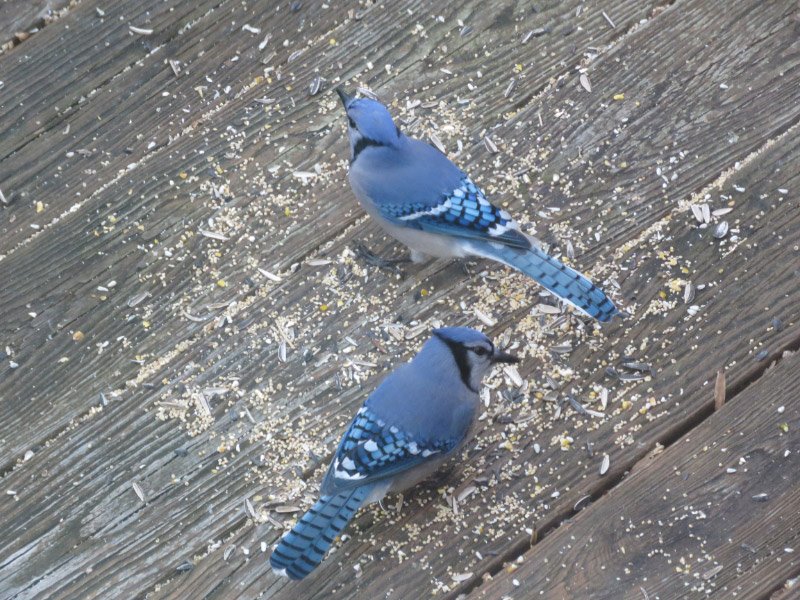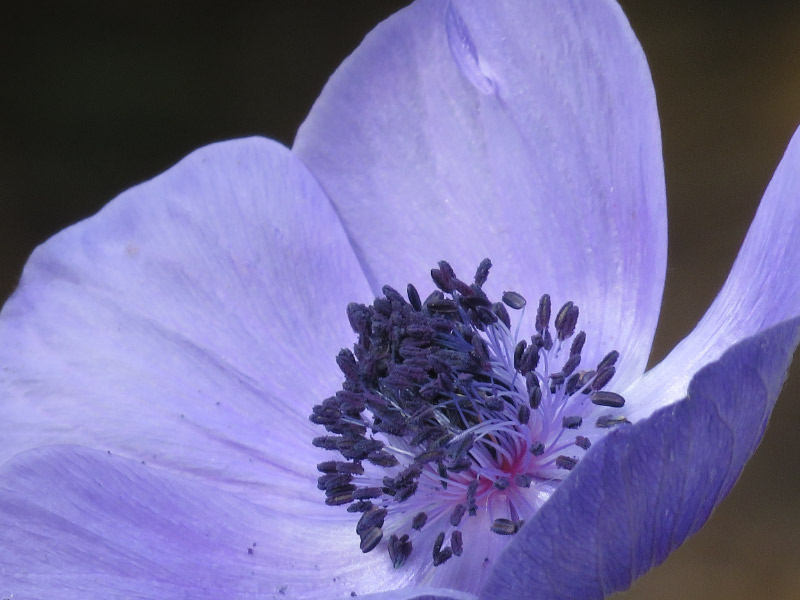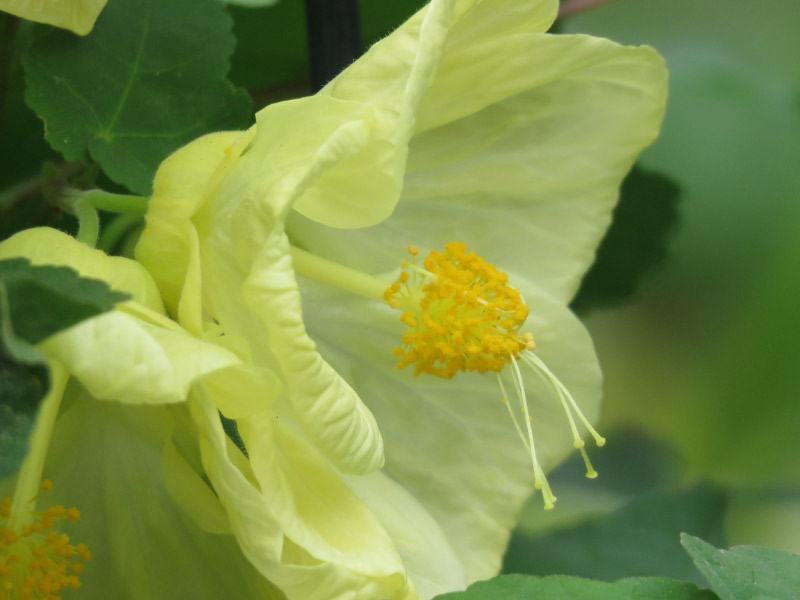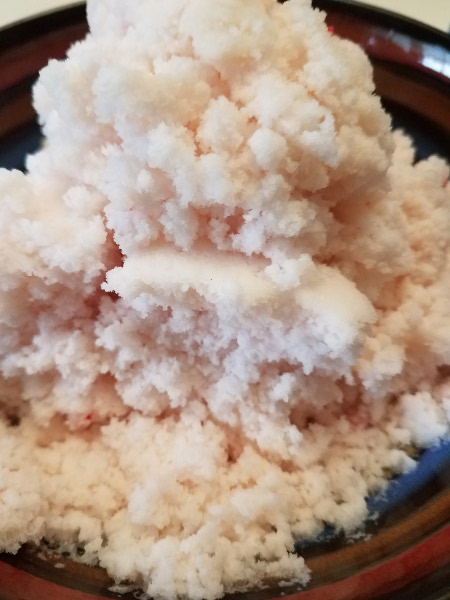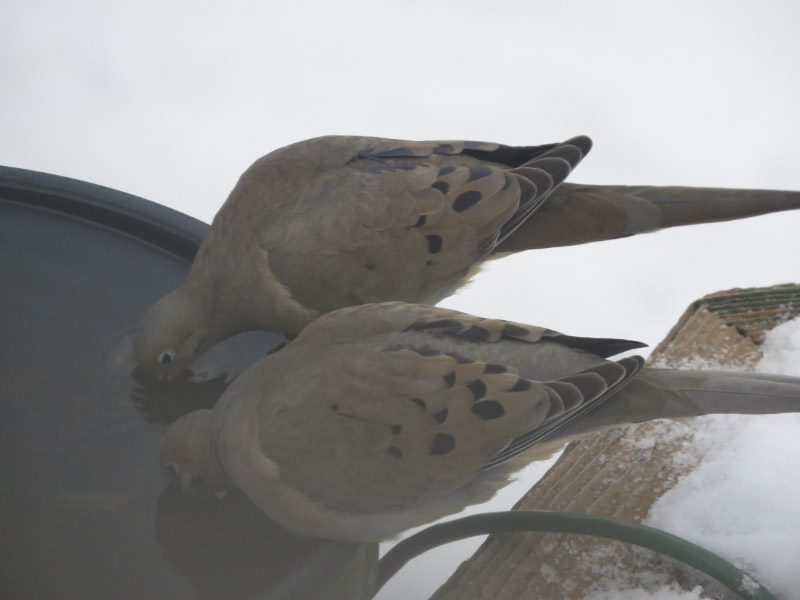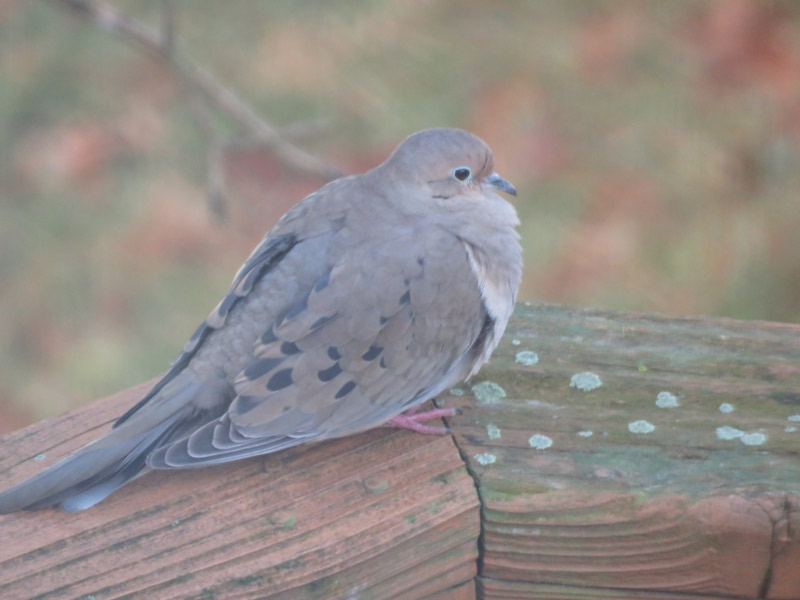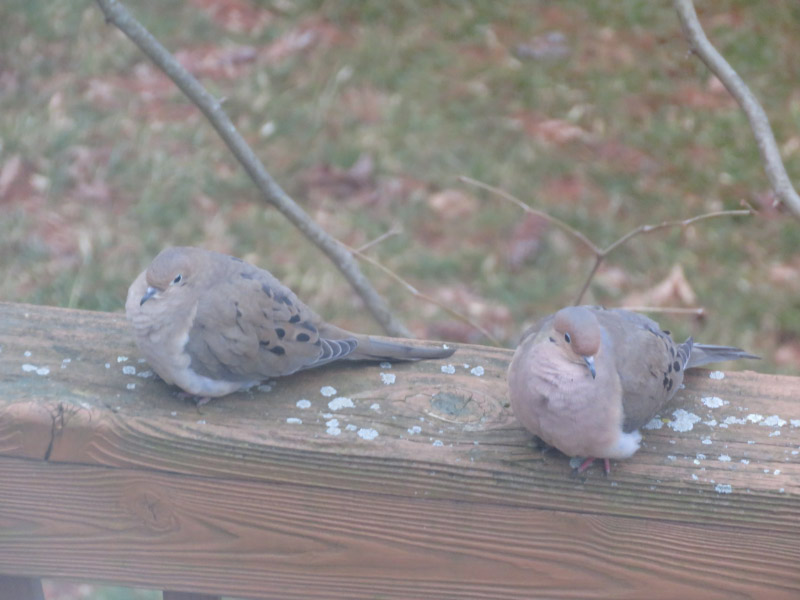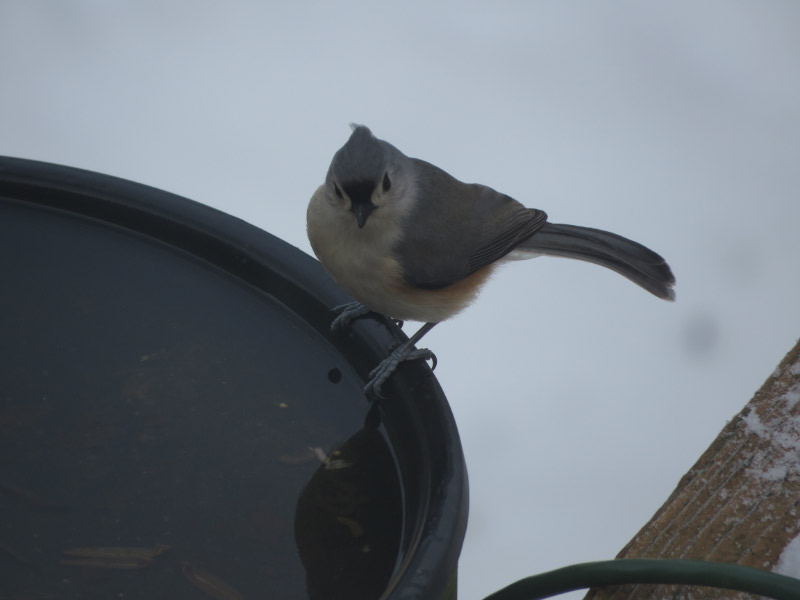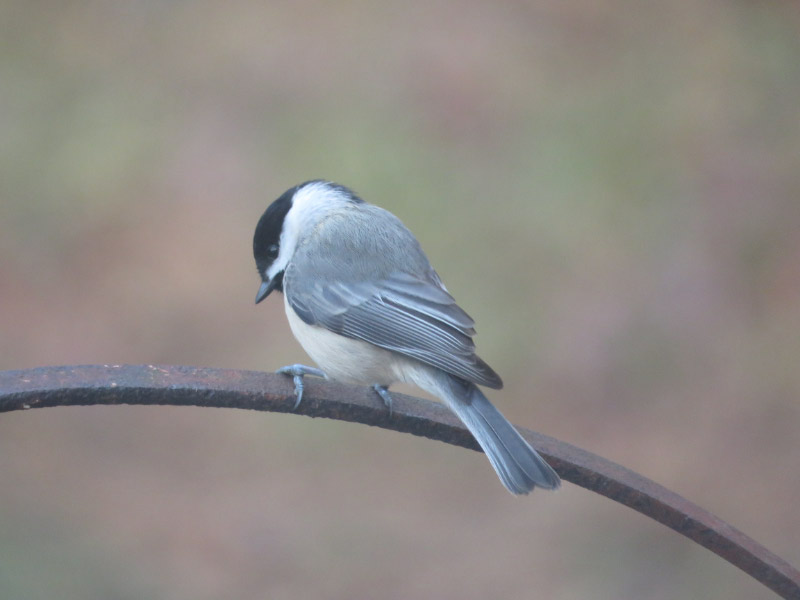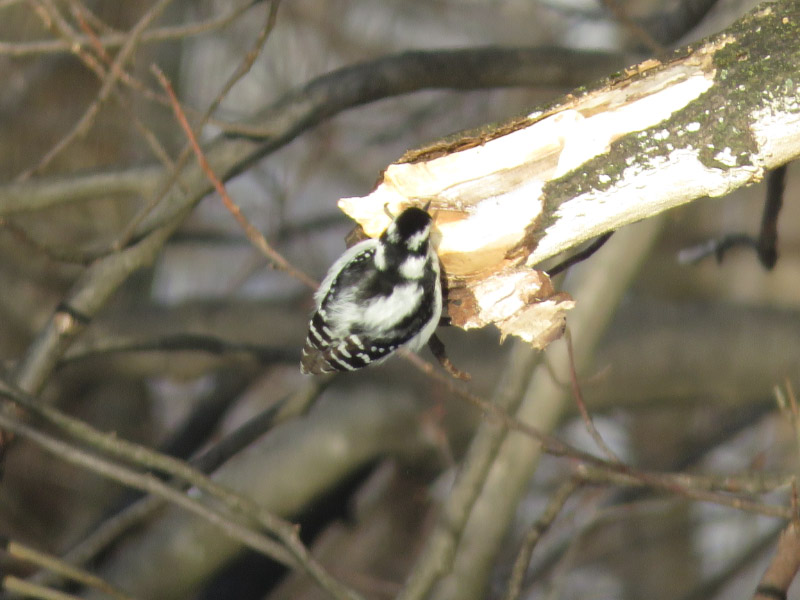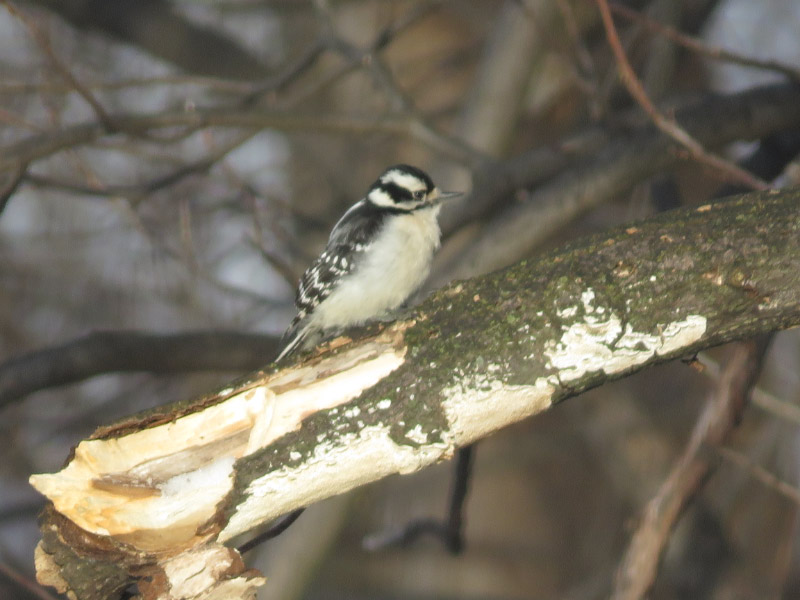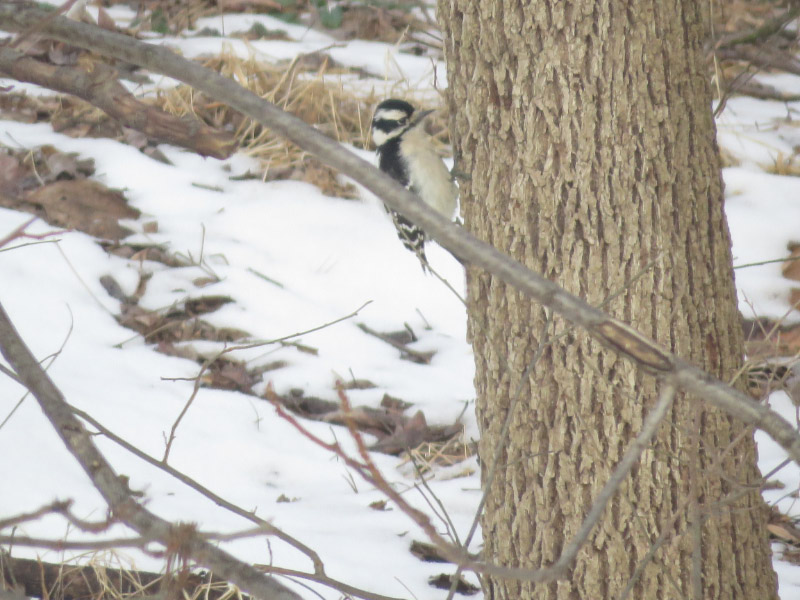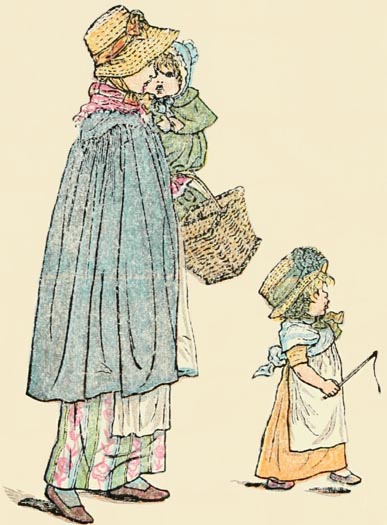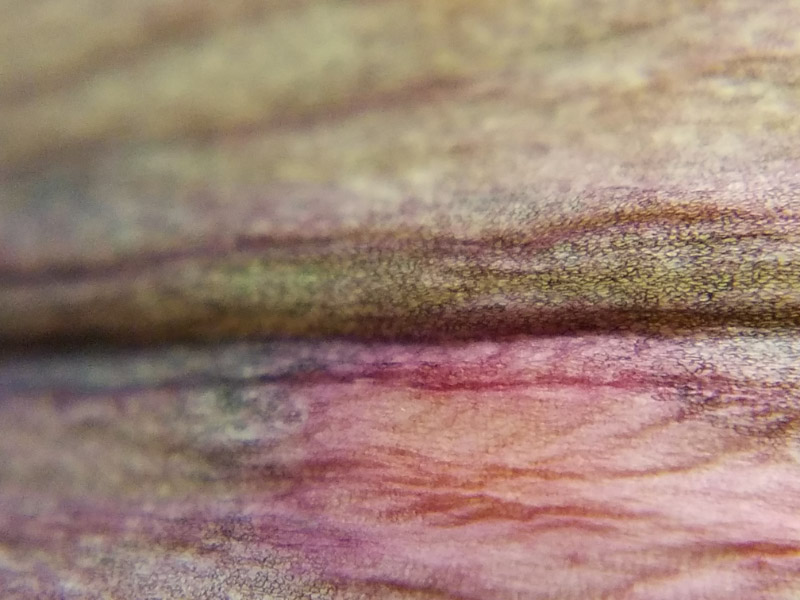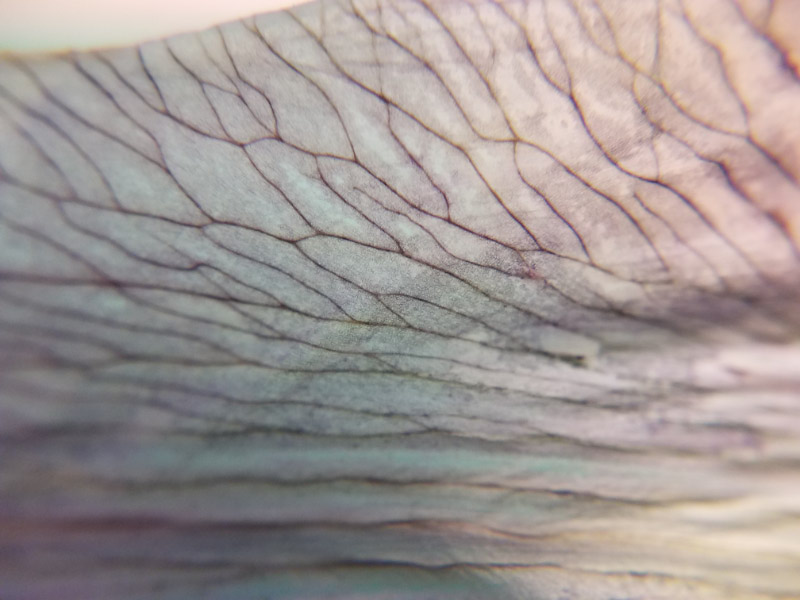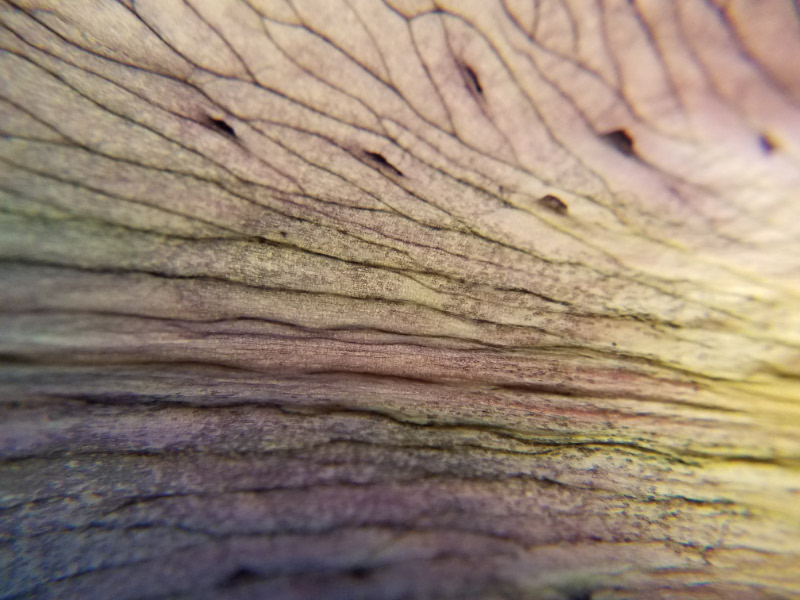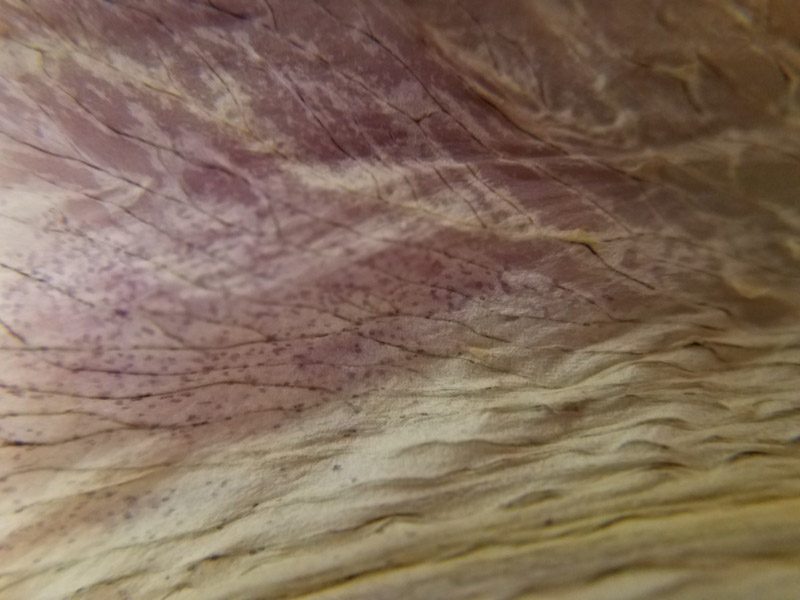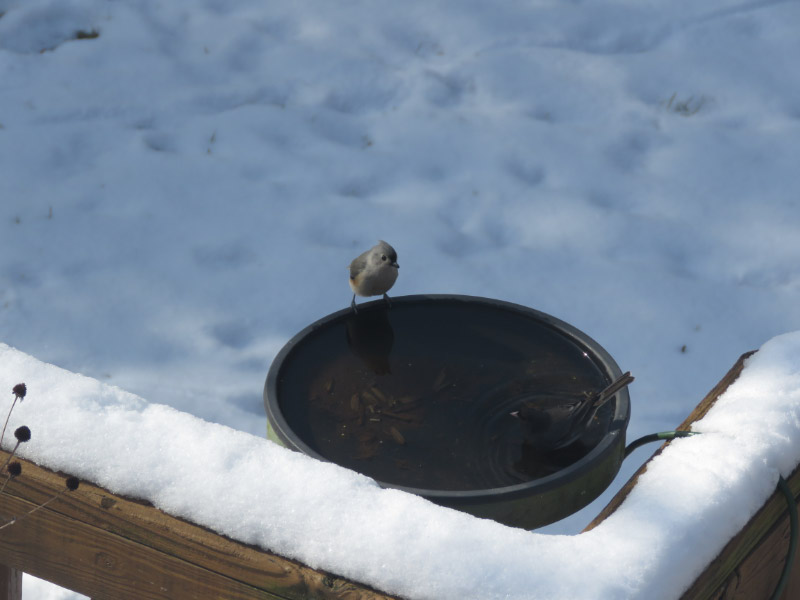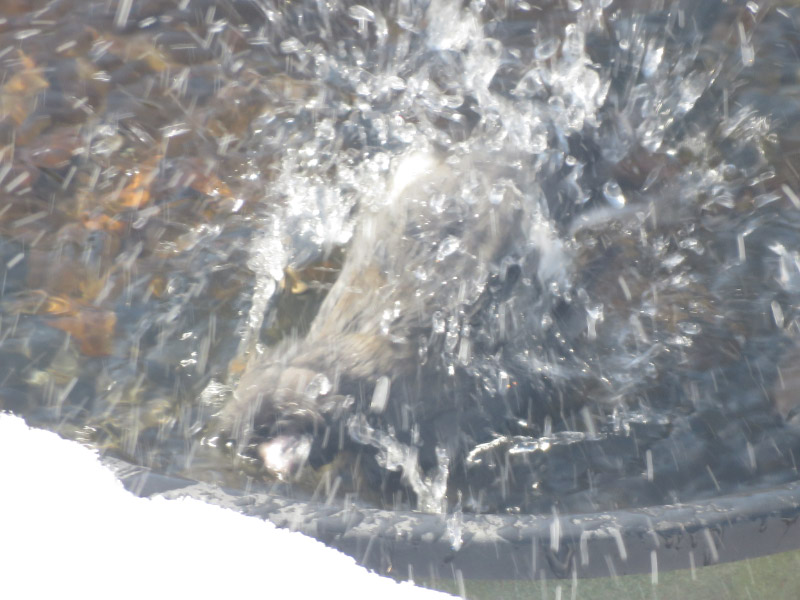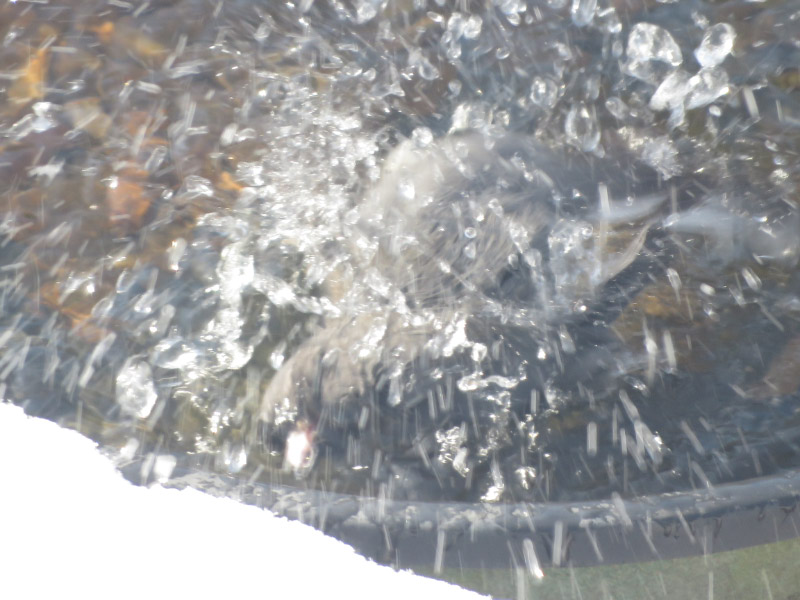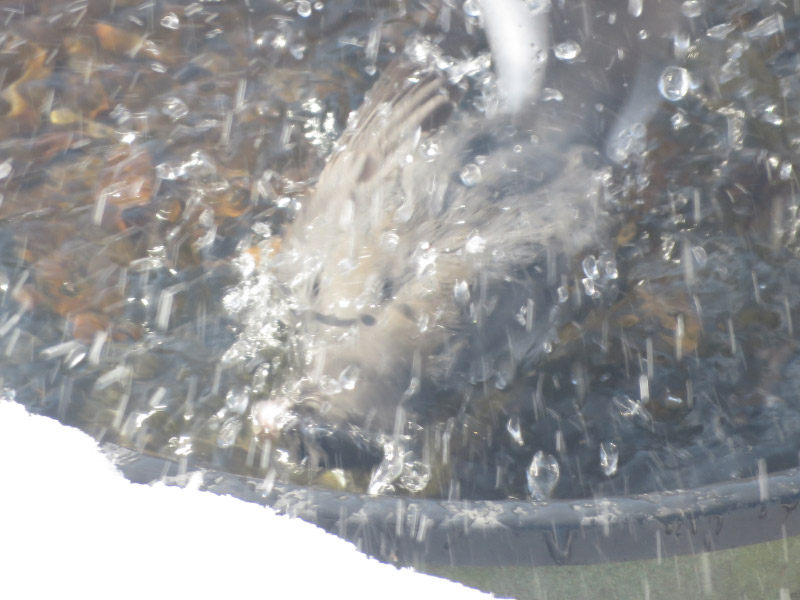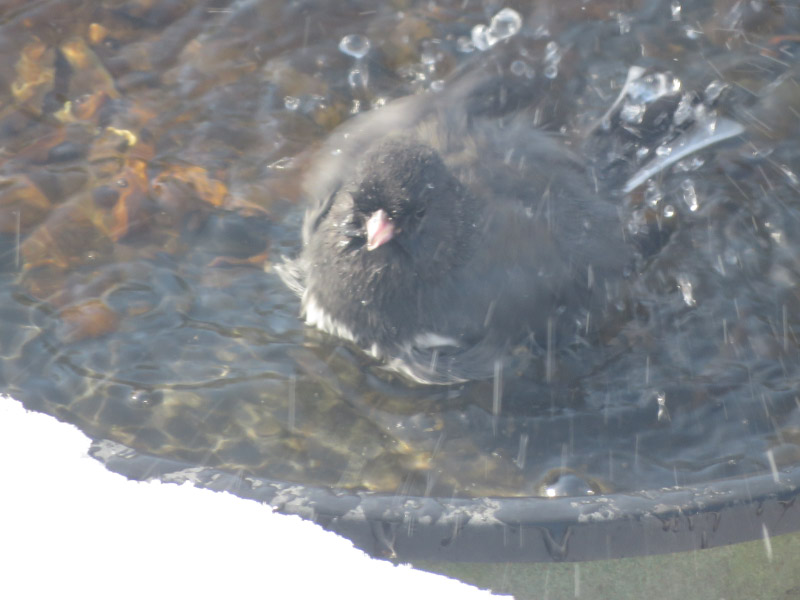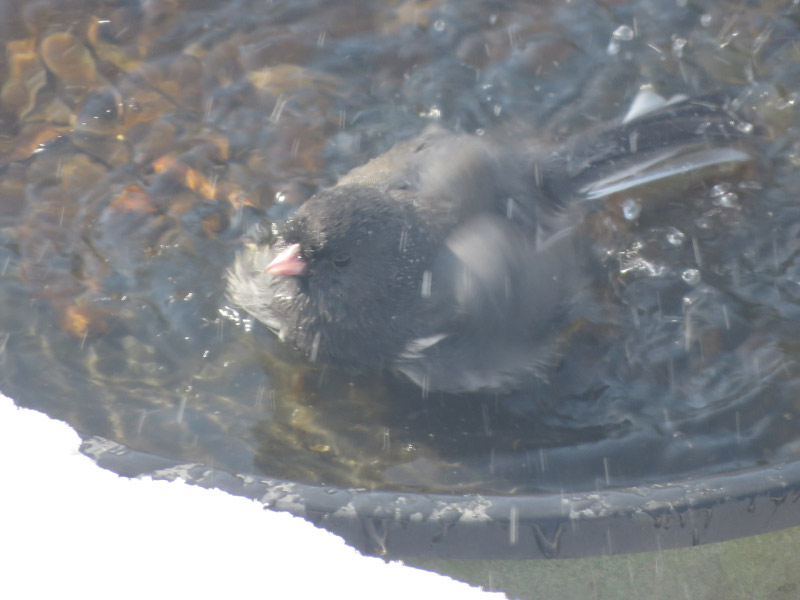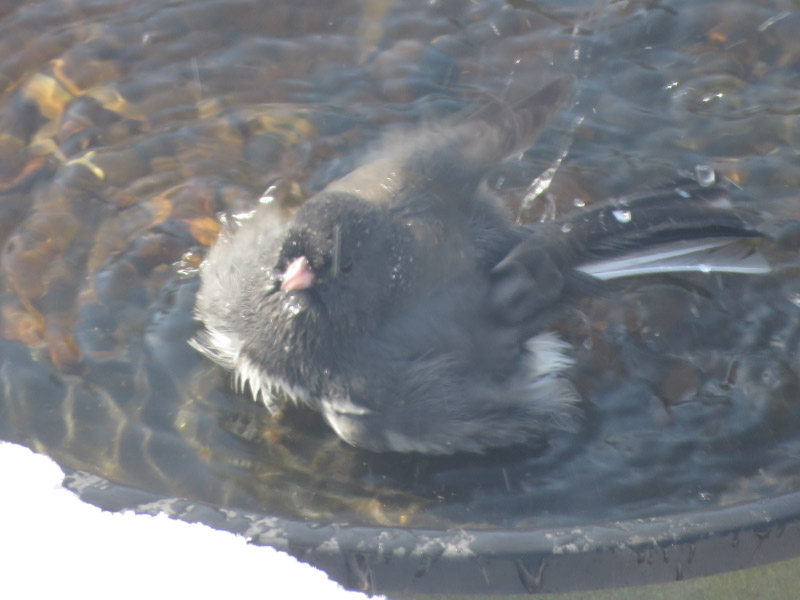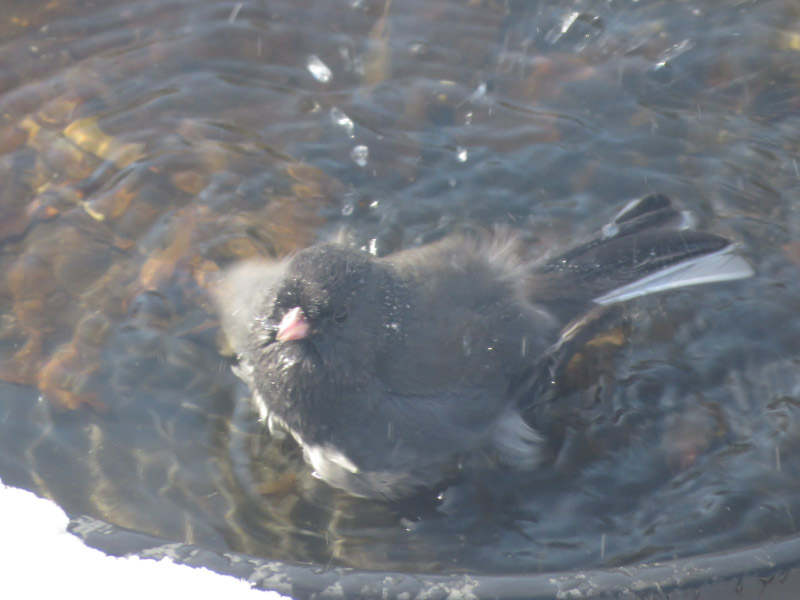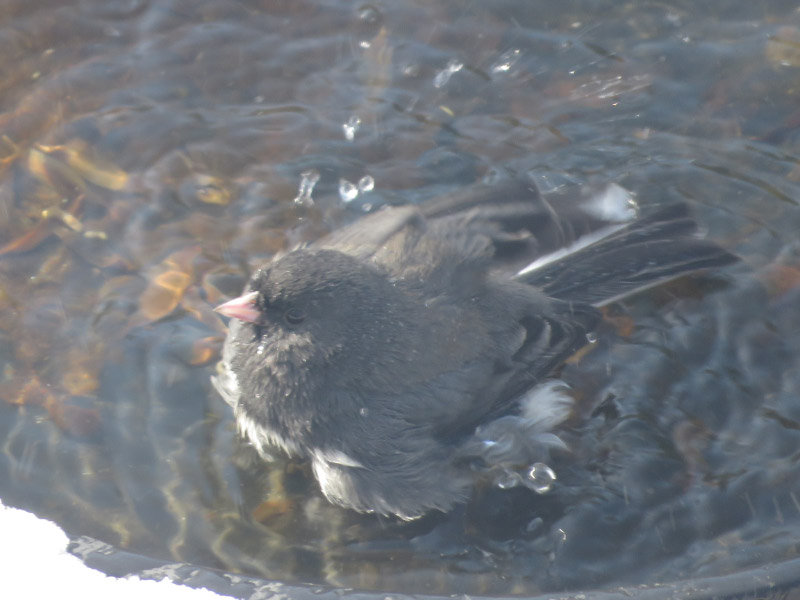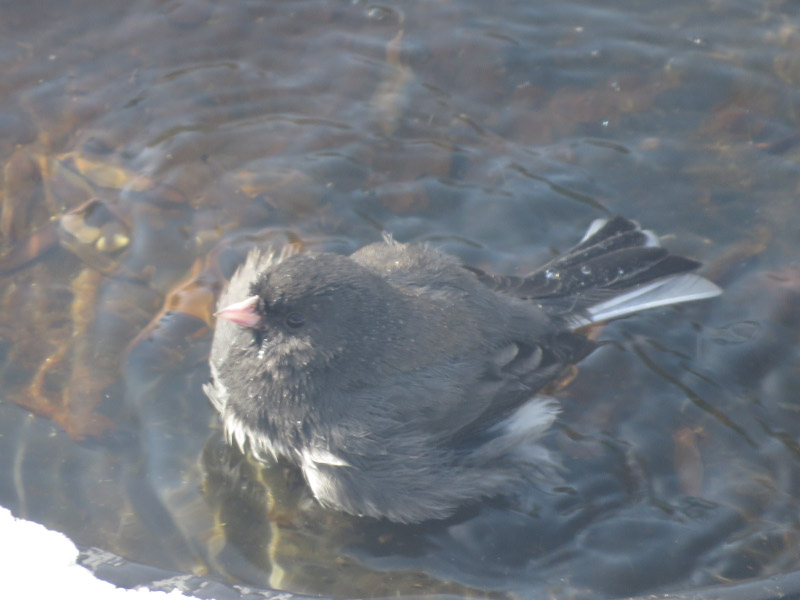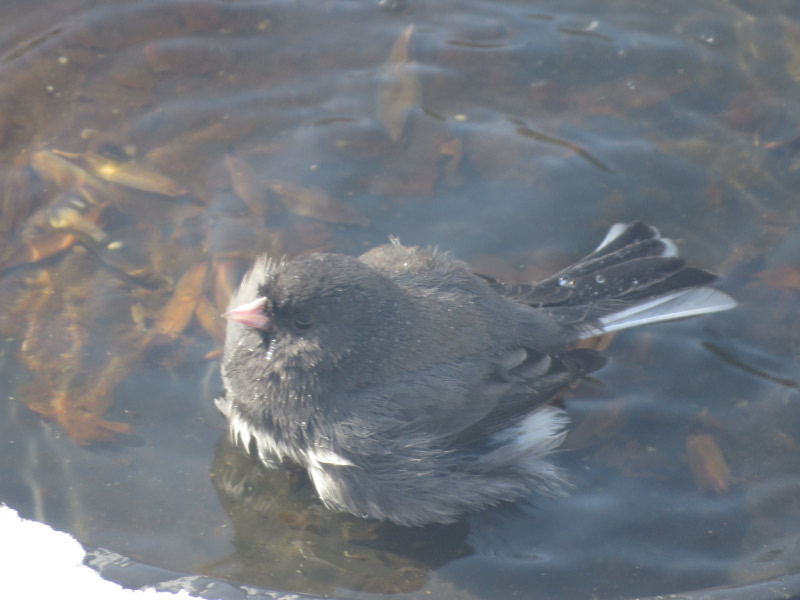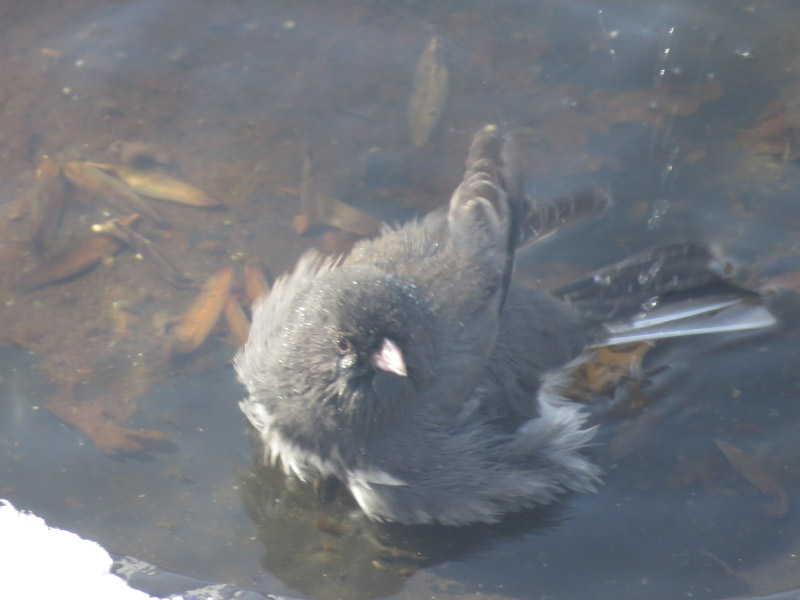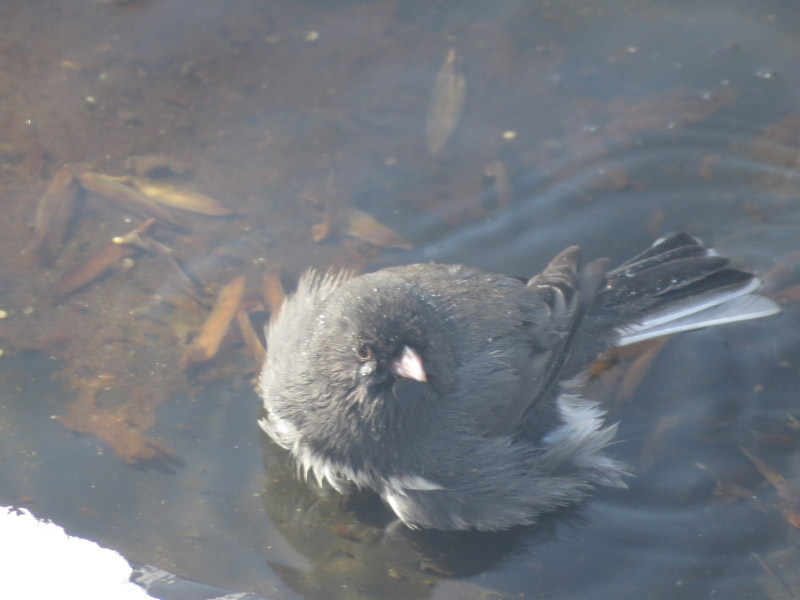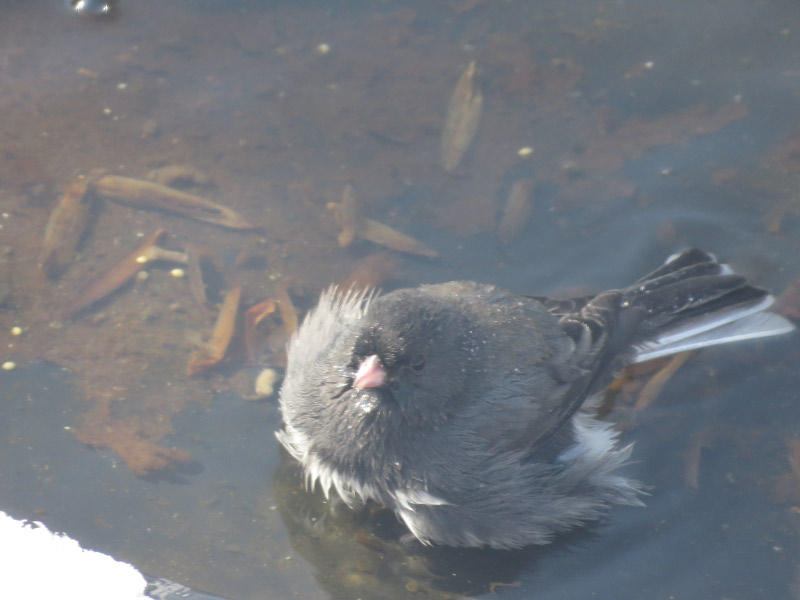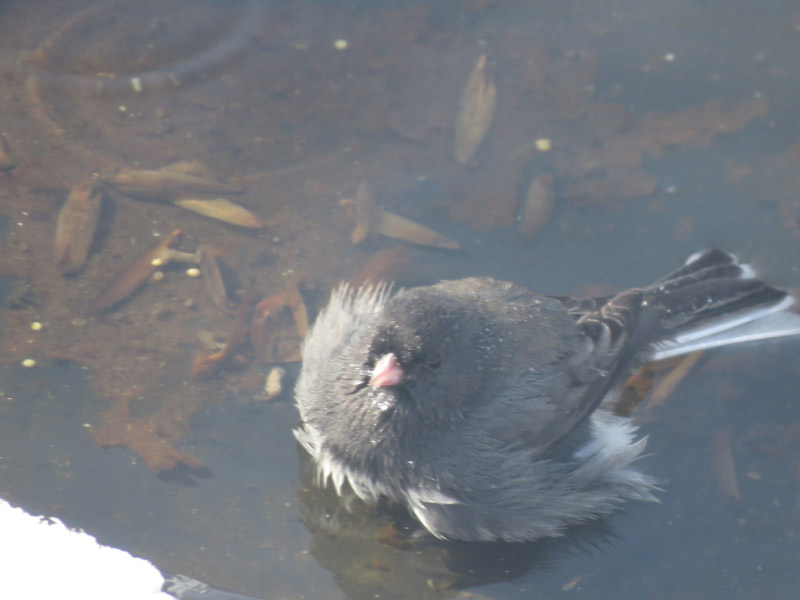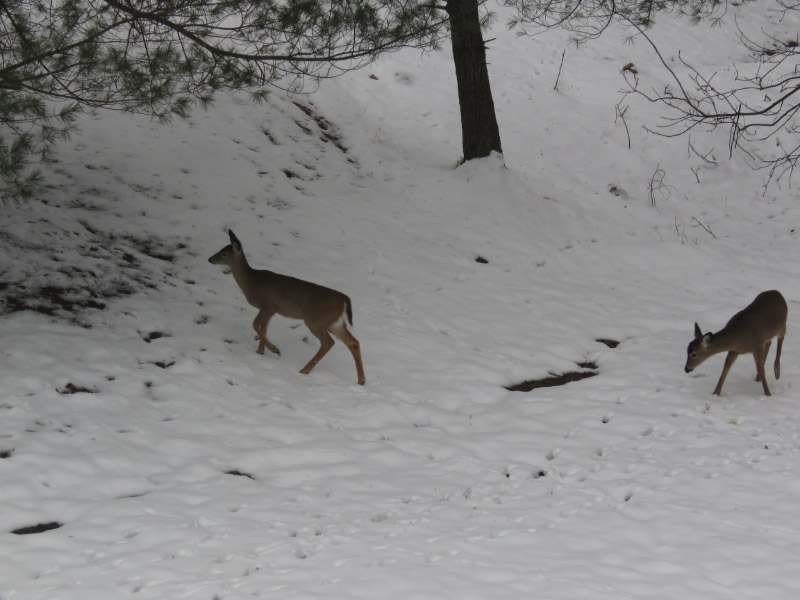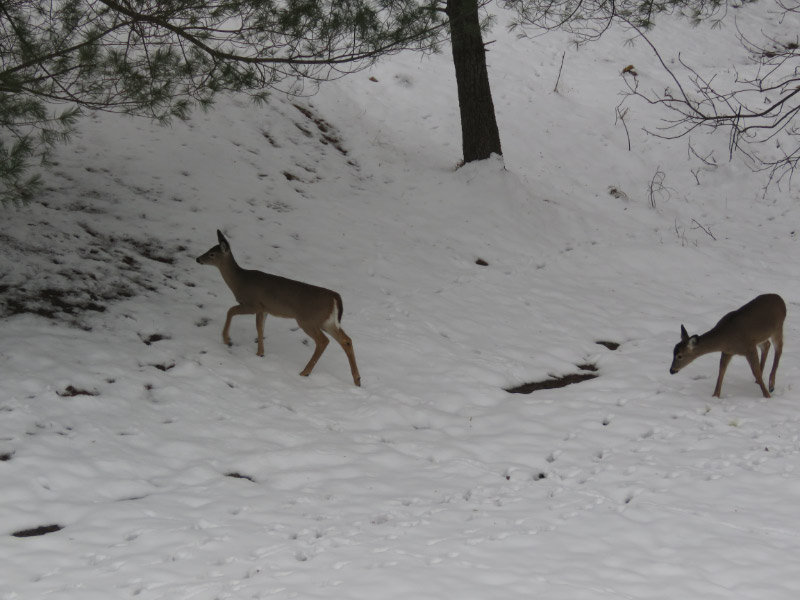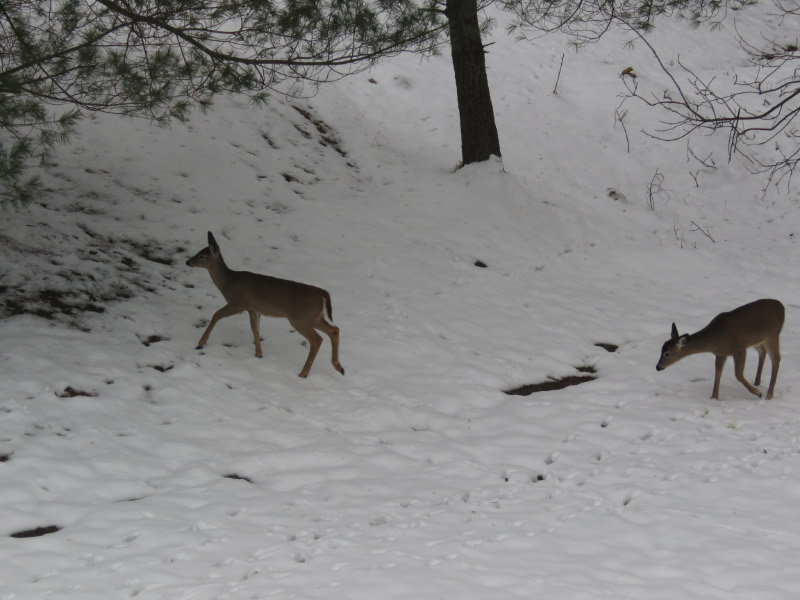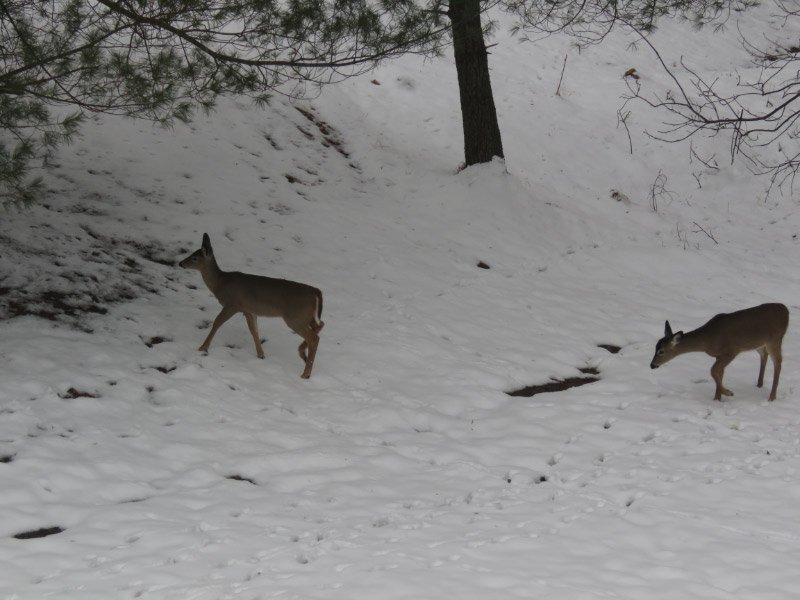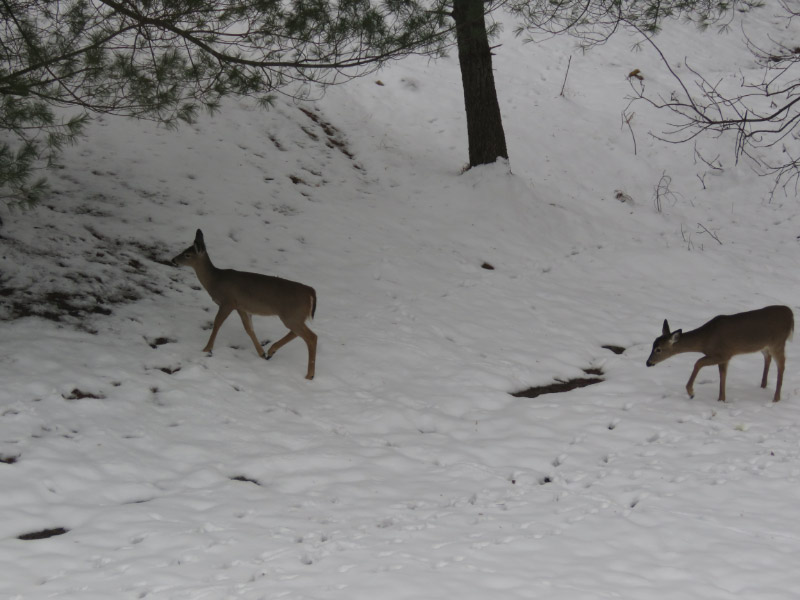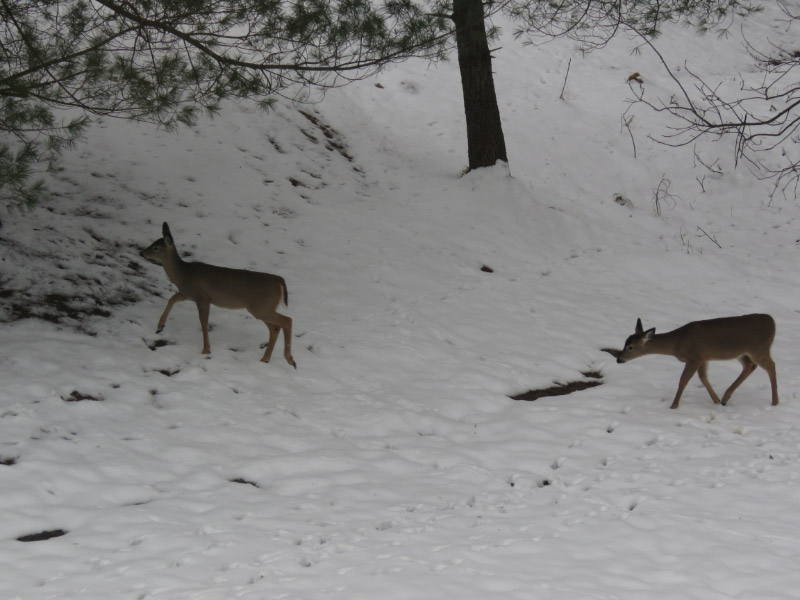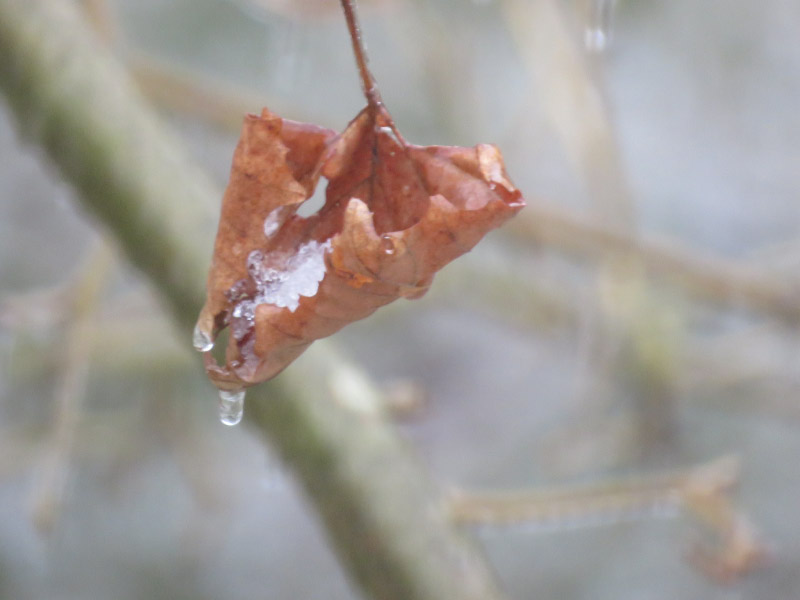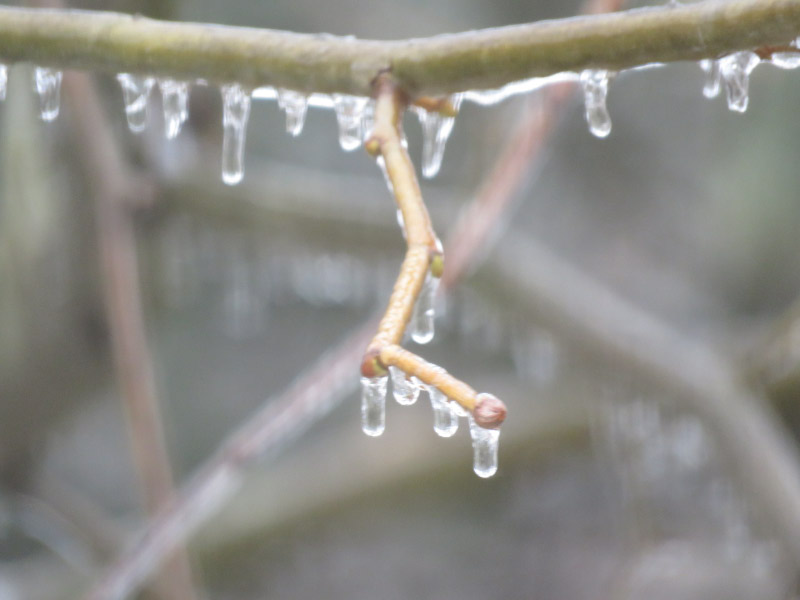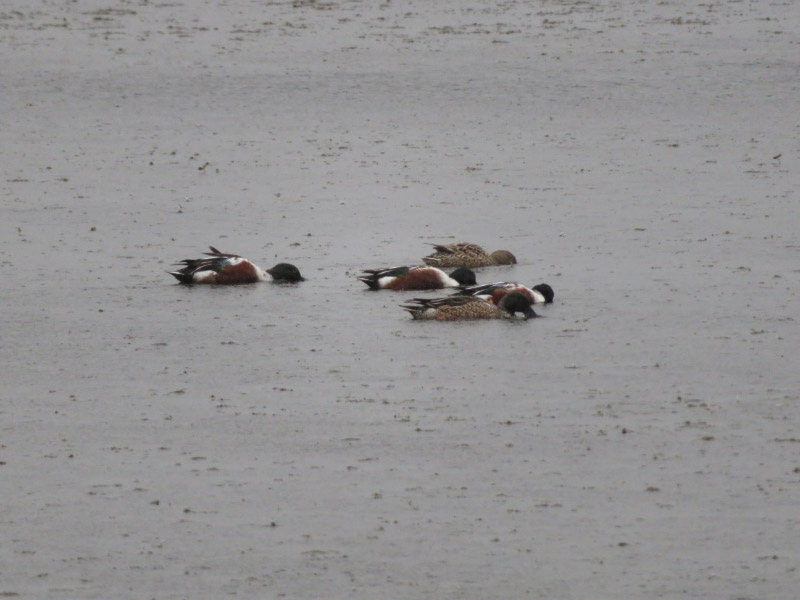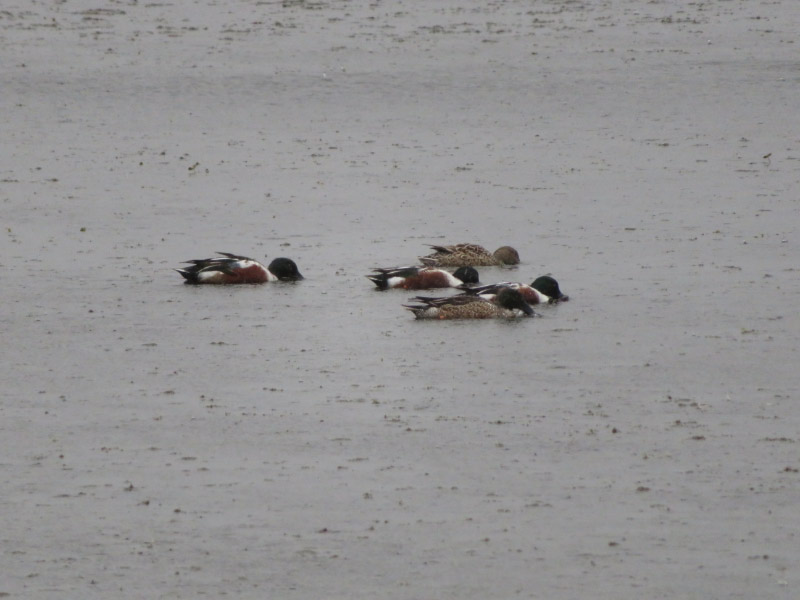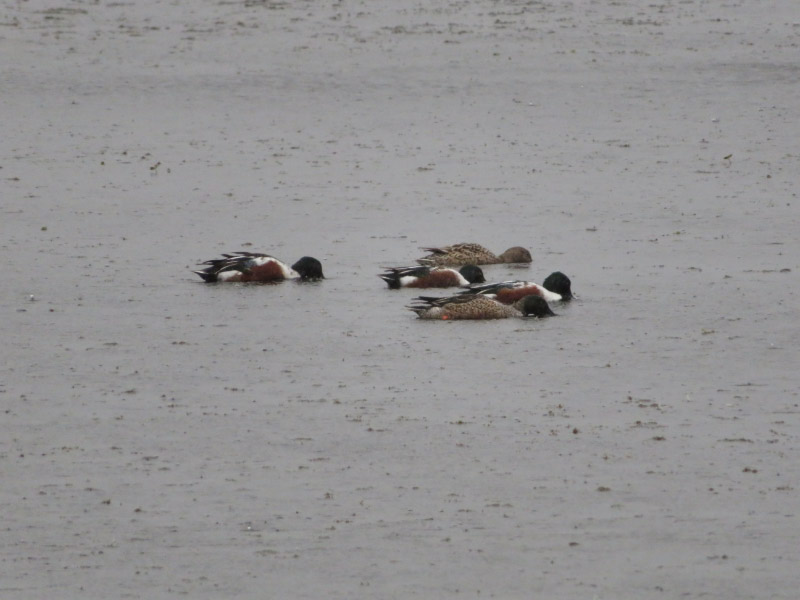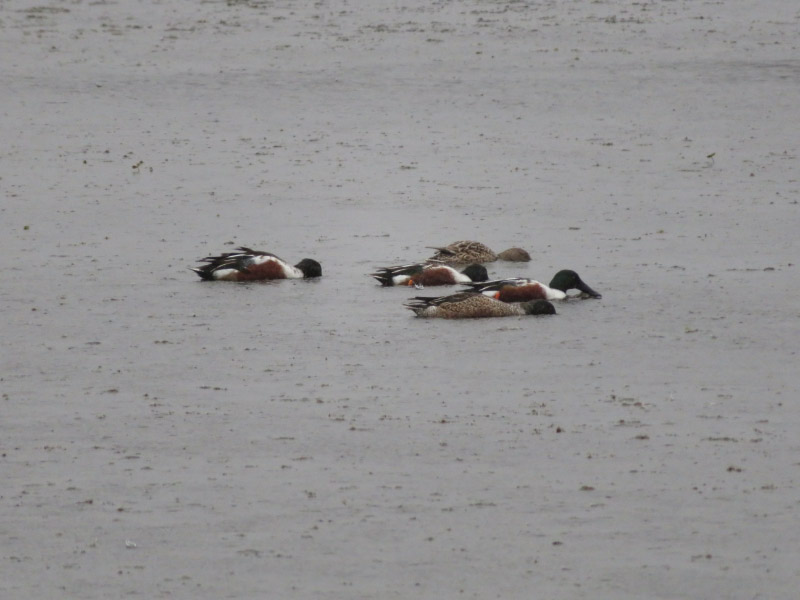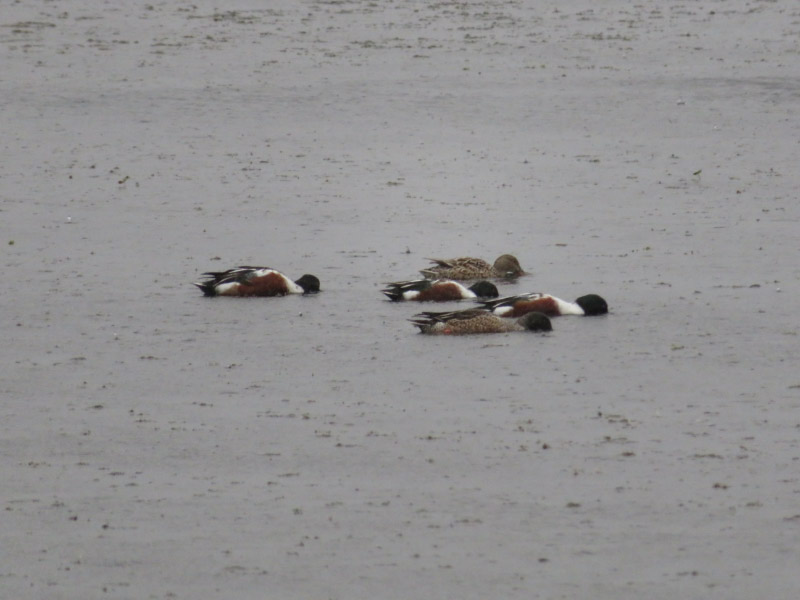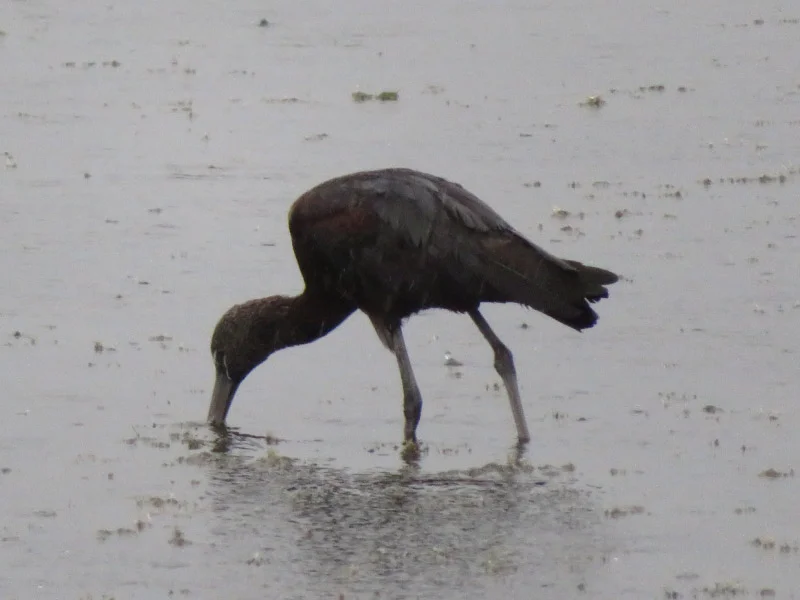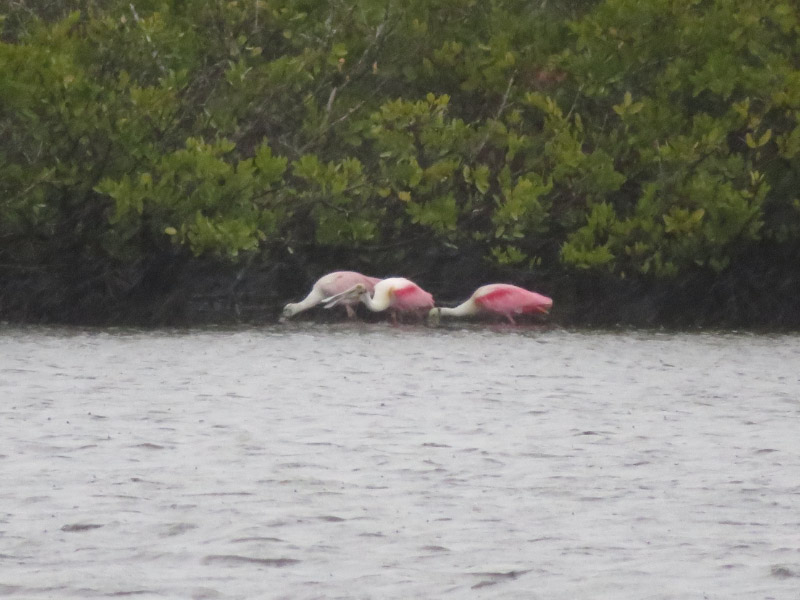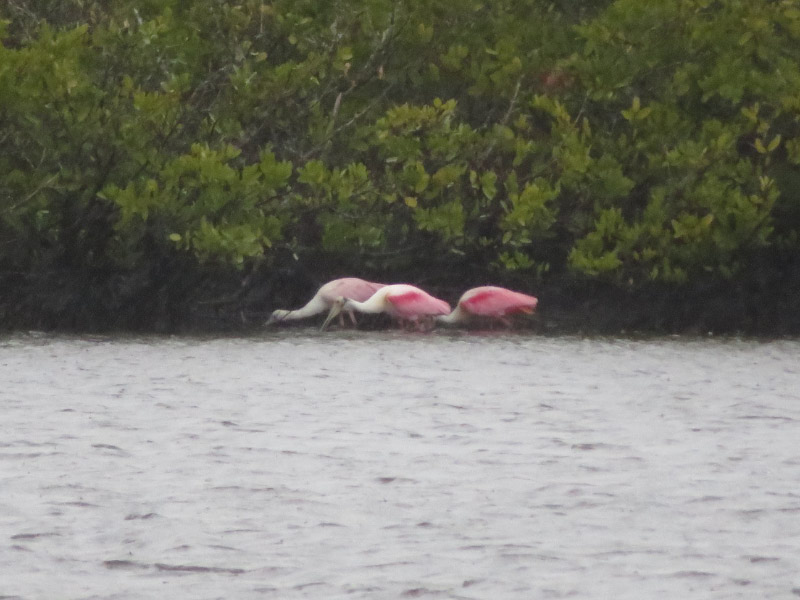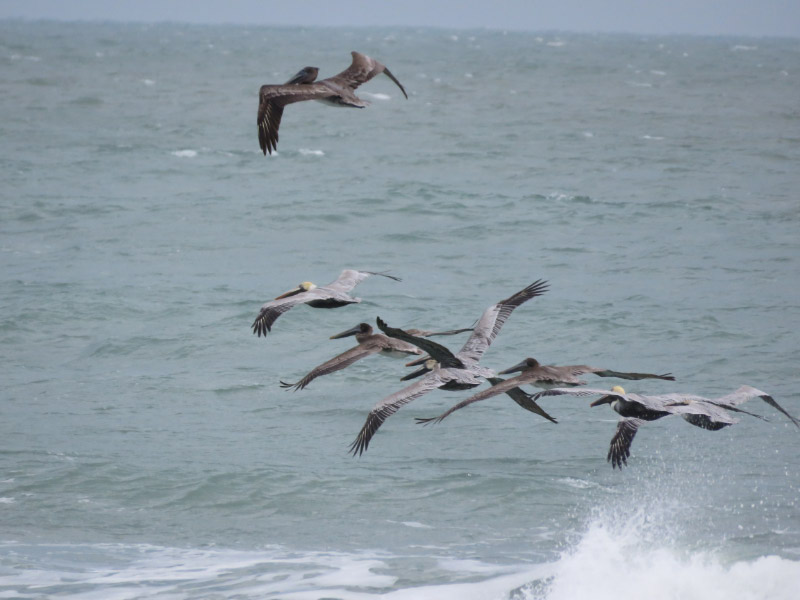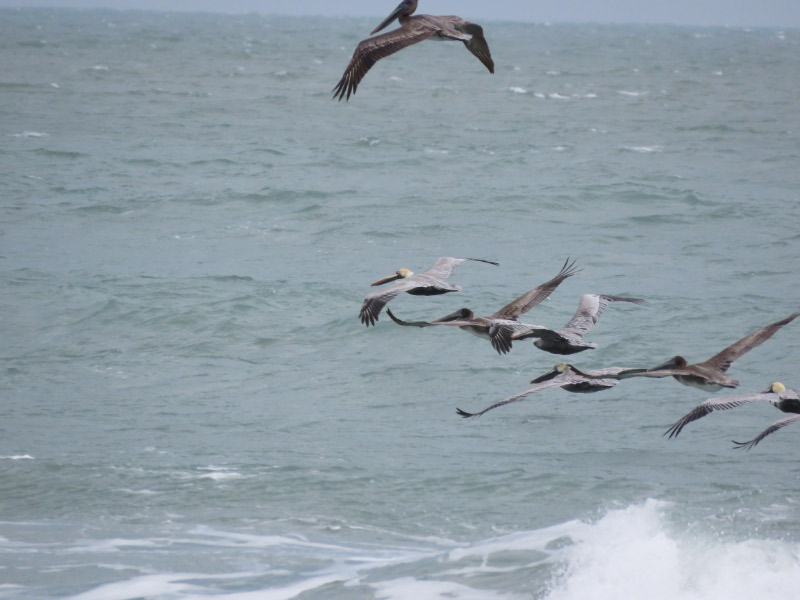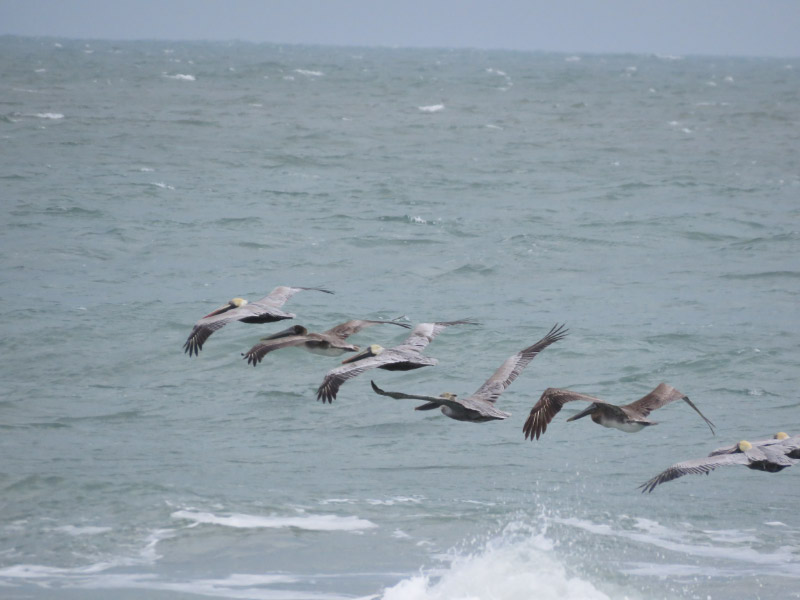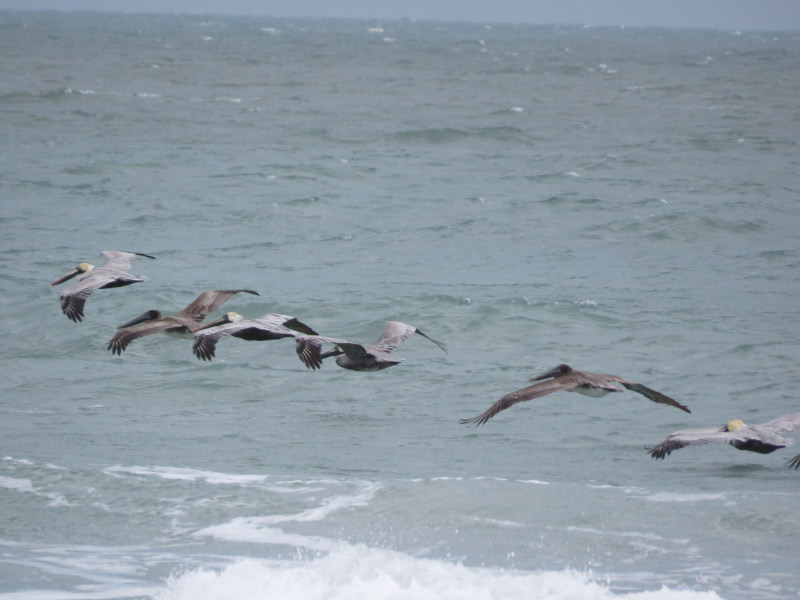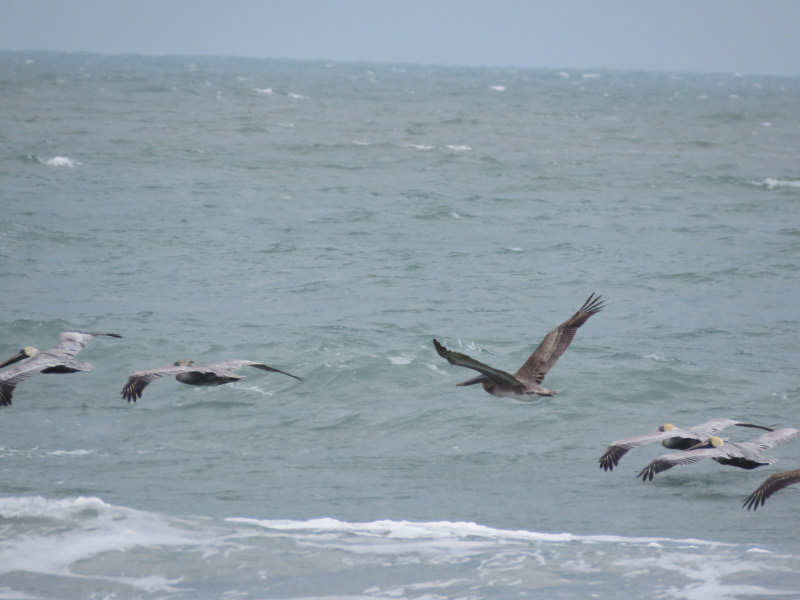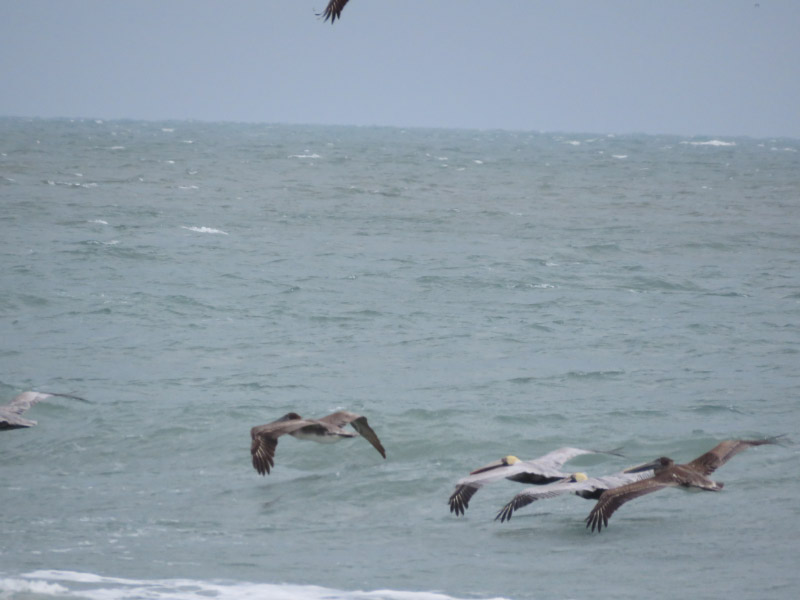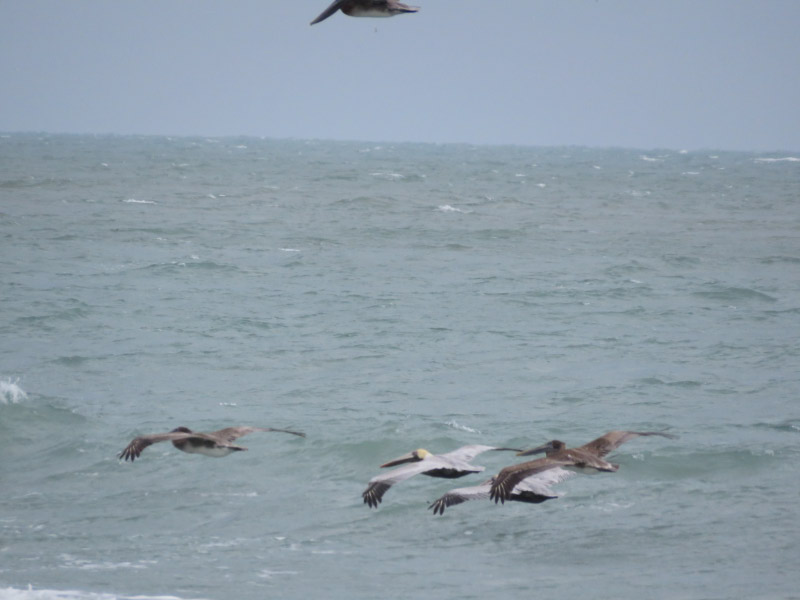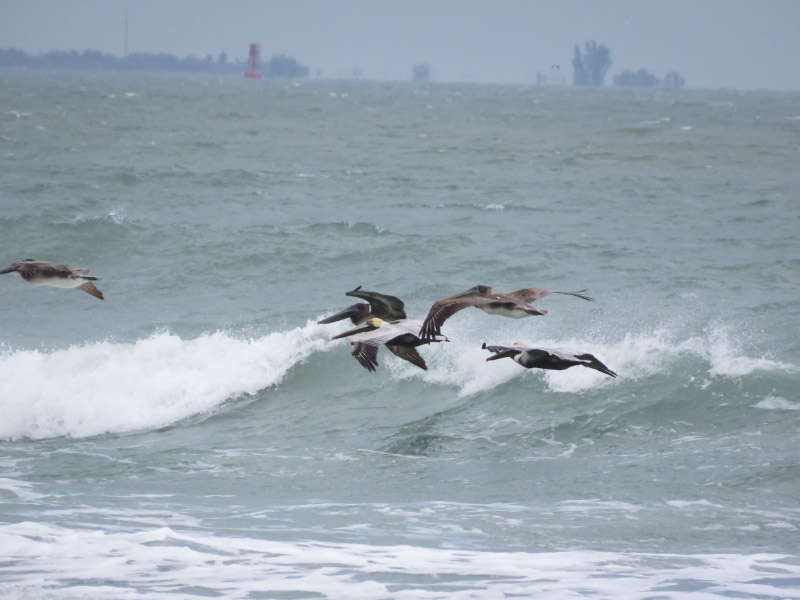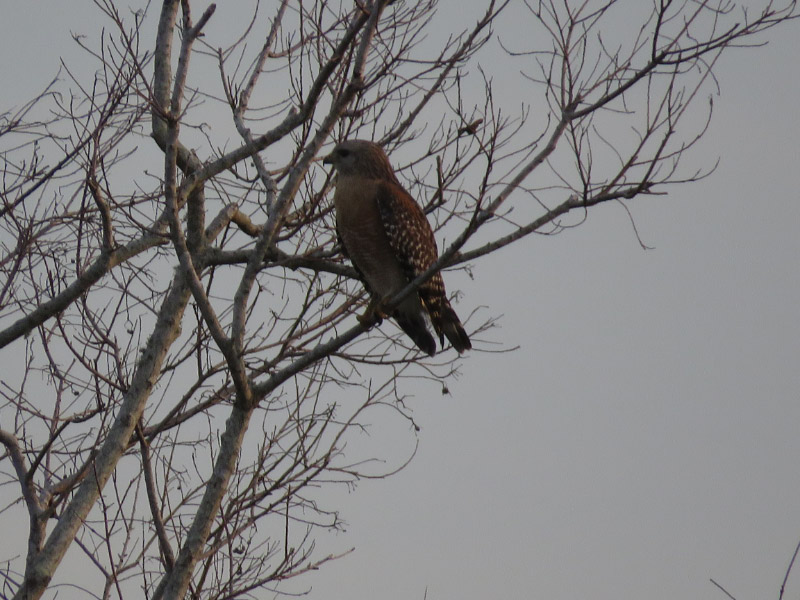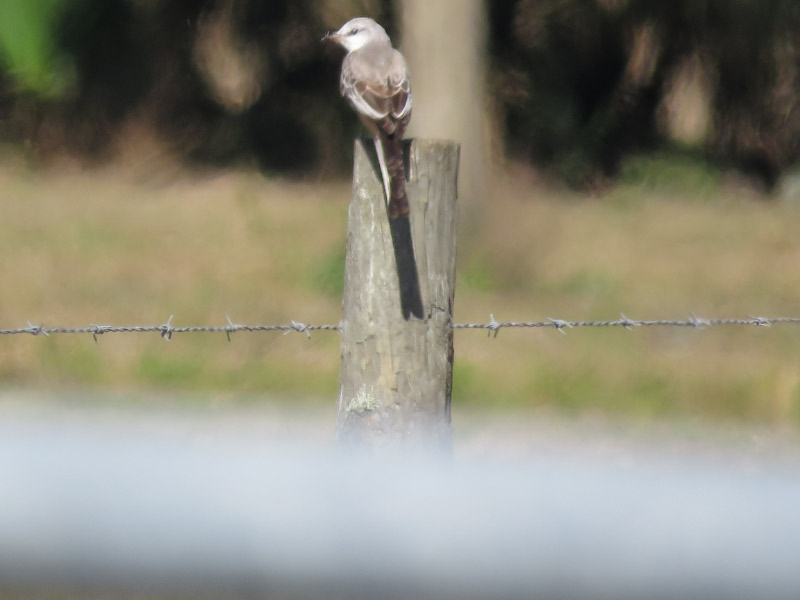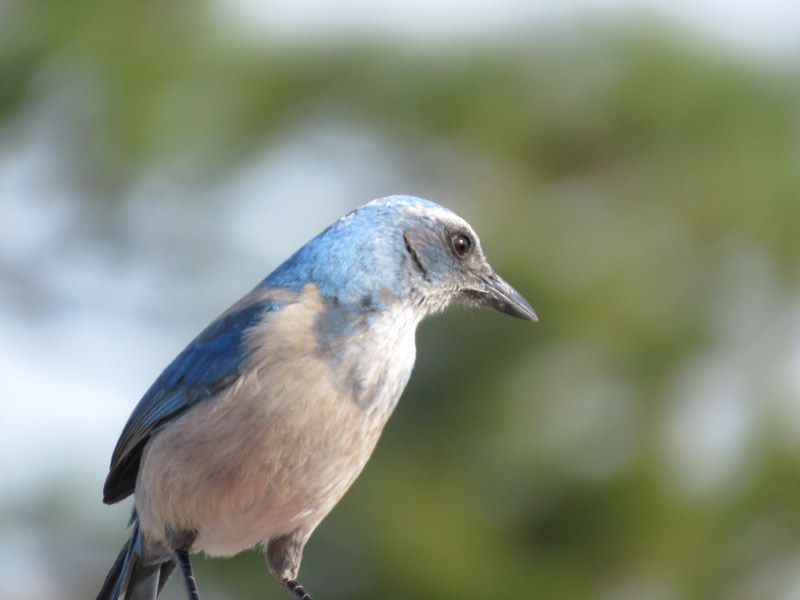The items below were ‘the cream’ of the articles and websites I found this past week. Click on the light green text to look at the article.
Top 25 Wild Bird Photographs of the Week: Mountain Birds – National Geographic Society Newsroom – Starting off the gleanings this week with bird pics!
BBC - Future - The perils of short-termism: Civilization’s greatest threat – It is very difficult for individuals and groups of humans to think strategically. And maybe since we are now quite capable of catastrophically destroying civilization (atomic bombs and climate change are the two most probable) – we need to make strategic thinking a higher priority.
Could Spider Silk Become a Natural Replacement for Plastic? – Cool Green Science – It is still very far from the goal – mass production cheaply. But it is hot material science topic.
Report: Americans Are Now More Likely to Die of An Opioid Overdose Than on The Road: NPR – Gives another take on the magnitude of the opioid deaths.
Not One, Not Two, But Three Fungi Present in Lichen | The Scientist Magazine® - For a long time the textbooks used lichen to exemplify symbiosis of a lichen and a fungus. It’s more complicated than that….and it’s a good example of how science is refined over time to improve our understanding.
BBC - Future - Why it pays to declutter your digital life – Getting rid of stuff needs to be about more than the physical junk we accumulate…we now have email and photos…all kinds of digital media stored and rarely – or never – used. It’s clutter. And it might need different strategies to declutter.
Central Texas salamanders, including newly identified species, at risk of extinction -- ScienceDaily – It seems like I’m seeing several stories like this recently – a newly identified species that is already almost gone. Depressing.
Elevated Nitrate Levels Found in Millions of Americans’ Drinking Water - Yale E360 – I don’t like articles like this because they point to a situation that has negative consequences…then doesn’t have anything that individuals can do to reduce the risk. It’s very frustrating.
Flowers Sweeten Up When They Sense Bees Buzzing | Smart News | Smithsonian – Flowers increase sugar content by 12-20% within 3 minutes of hearing a bee’s buzz.
Food is medicine: How US policy is shifting toward nutrition for better health – Glad this idea is getting more attention. We’ve been way to gullible to think that medications can overcome poor day-to-day dietary habits. I hope the 2018 Farm Bill and the “Food is Medicine” working group in the House are good ‘first steps’ to change the way we think about what we eat.














